Have you ever asked yourself, "What are rabbits sensitive to?"
Click Here For a Guide to Understanding Your Rabbits Diet.

Timothy Hay plays a major role in keeping rabbits healthy. So when a rabbit starts sneezing or has watery eyes, it's easy to panic and think they might be allergic to hay. But the hay may not be the problem.
Before assuming the worst, take a good look around your rabbit's space. Sometimes, what appears to be an allergy to hay may actually be an issue with ventilation, dust, or even bedding.
Hay Reactions in Rabbits: Could It Be the Dust?
If your rabbit spends most of their time in a hutch or a small enclosed space, ventilation matters. A hutch with poor airflow traps dust, moisture, and odors—all of which can make things uncomfortable for your rabbit.
Low-quality hay can also be the culprit. Dusty hay irritates the nose and eyes, and rabbits have sensitive respiratory systems that don't do well in dusty environments. If your rabbit has been sneezing or rubbing their face, this might be why.
Choosing high-quality hay can make a huge difference. Look for hay that's green, smells fresh, and doesn't release clouds of dust when handled.

Types of Hay and Their Role in Your Rabbit's Diet
A healthy adult rabbit should have a diet made up of at least 80% hay. But not all hay is the same, and your rabbit's age will guide what kind they need most.
Here's a breakdown of hay types and when to use them:
Alfalfa Hay: Ideal for rabbits under 7 months old. It's high in protein, fiber, and calcium, helping young bunnies grow strong and reach a healthy weight.
Timothy Hay: Best for adult rabbits. It has the right balance of nutrients for maintaining digestive health without packing on extra pounds.
Orchard Grass: A great alternative to Timothy Hay, especially if your rabbit has a sensitivity to Timothy.
Mountain Grass: A softer hay option that's gentle on the mouth and still provides needed fiber.
If your rabbit reacts to Timothy Hay—even when it's top quality—consider switching to Orchard Grass. We've seen rabbits do well with this change, especially if they were showing signs of mild allergy to Timothy.
Need a deeper dive into hay options? You’ll find detailed comparisons in our free Hay is for Rabbits eBook.
Rabbit Allergens in Food and Treats
When sneezing or itching persists, hay might not be the issue at all. Some rabbits develop sensitivities to ingredients in pellets, veggies, or treats. This is often harder to spot because the symptoms don't appear immediately.
One of the telltale signs of food allergies is skin irritation. If your rabbit continues to scratch the same spots or if you notice fur loss or bald patches, you may be dealing with a food sensitivity.
The fix takes some trial and error. Start by eliminating new additions to their diet. Try one type of veggie at a time and keep a journal of any reactions. Stick to single-ingredient changes so you can clearly see which food may be triggering the problem.
While food-related rabbit allergens are less common than environmental triggers, they do happen. If you're unsure, working with a rabbit-savvy vet can help you pinpoint the cause faster.
Rabbit Allergens in Bedding Materials
Some rabbits are sensitive to bedding—even when it's labeled as safe for small pets. Pine and cedar shavings can release oils that irritate a rabbit's skin or lungs. Even paper-based bedding can cause trouble if it's dusty or overly fragrant.
Keep an eye out for symptoms like constant sneezing, watery eyes, or your rabbit avoiding their litter area. That's usually a clue that the bedding is bothering them.
Make sure bedding is changed regularly—at least every 2-3 days. This cuts down on ammonia buildup, which can irritate your rabbit's lungs. If bedding becomes damp or starts to smell, change it sooner.
Try switching to a low-dust, scent-free option like compressed paper pellets or aspen shavings. Avoid using fabric or blankets unless they're washed frequently and don't fray. Loose threads can pose a danger if chewed or swallowed.
Here's a helpful list of safer bedding options:
Compressed paper pellets (like Carefresh or Yesterday's News)
Unscented paper bedding
Aspen wood shavings
Fleece (only when cleaned frequently)
Always try new bedding for a week or so and monitor changes. If your rabbit's symptoms improve, you've likely found the irritant.
How Sickness Can Be Confused with Allergies
Some symptoms that look like rabbit allergens could actually point to health issues. Sneezing, runny nose, or watery eyes might not come from hay or bedding—it could be a sign of something more serious.
Snuffles is a common term for upper respiratory infections in rabbits. It's often caused by a bacteria called Pasteurella multocida. This condition typically requires antibiotics and a veterinary visit.
Tooth problems can also trigger discharge from the eyes or nose. Overgrown roots can push into tear ducts or nasal passages, making it look like your rabbit has allergies when the real problem is dental.
If you notice a white or yellow discharge, labored breathing, or swelling near the face, it's time to contact your vet. Allergies don't cause swelling or thick mucus, so any of those signs point to something beyond environmental irritation.
You can also read more about how to spot signs of rabbit health in this related article from Rabbit Hole Hay.

Environmental Irritants That Affect Rabbits
Rabbits rely heavily on their sense of smell, so their noses are more sensitive than ours. Strong odors or airborne particles that seem harmless to us can overwhelm your rabbit quickly.
Here are some common irritants that may trigger rabbit allergens or mimic allergy symptoms:
Cigarette smoke
Air fresheners and essential oils
Cleaning sprays and carpet deodorizers
Fireplace fumes and smoke from wood-burning stoves
Scented laundry detergents on bedding or soft toys
If your rabbit's sneezing lines up with cleaning day or when the fireplace is in use, try removing that variable. Open a window, use unscented cleaners, or skip spraying anything near your bunny's space.
Ventilation helps a lot. Use fans, air purifiers with HEPA filters, or even a cracked window to bring in fresh air. Just make sure there are no drafts that could chill your rabbit.
And if you use incense, candles, or plug-in fragrance warmers? Move them far from your rabbit's enclosure—or better yet, out of the house completely.
How to Identify and Reduce Rabbit Allergens at Home
Dealing with rabbit allergens can feel like a guessing game. But with a step-by-step approach, you can get to the root of what's bothering your bunny.
Start by removing one thing at a time. Begin with the hay. Try switching brands or types—like moving from Timothy Hay to Orchard Grass—and monitor their behavior. Then check the bedding. If that doesn't change anything, look at cleaning routines and potential irritants like sprays or smoke.
If you can, deep-clean their living area and stick to plain, unscented products. Watch for improvements over a few days.
Here's a quick checklist to help troubleshoot common rabbit allergen sources:
Switch to a dust-free, high-quality hay like Timothy or Orchard Grass.
Change bedding to something scent-free and low-dust.
Remove any plug-in air fresheners or sprays from the area.
Open windows regularly or run an air purifier nearby.
Wash your hands and clothing before handling your rabbit, especially after smoking, cleaning, or using perfume.
If allergy-like symptoms stick around for more than a few days or seem to get worse, don't wait. Book a visit with your vet. Even if the issue turns out to be environmental, you'll have peace of mind—and a professional opinion to guide you.
Can Rabbits Develop New Allergies Over Time?
Yes, it's possible. Just like people, rabbits can develop sensitivities they didn't have before. This is especially true with long-term exposure to the same irritants—like constantly breathing in dust or being around harsh cleaning products.
If your rabbit starts showing signs of discomfort even though nothing has changed recently, consider whether it's the buildup of a chronic issue. Air quality tends to decline gradually without us noticing.
Also, aging rabbits may become more sensitive as their immune systems shift. That's why it's smart to revisit your rabbit's environment and diet every few months and adjust as needed.
How Vets Can Help Diagnose Rabbit Allergens
If you've tried swapping hay, changing bedding, and tweaking the environment but your rabbit still shows signs of allergy, your next step should be the vet.
Vets can examine your rabbit's nose, eyes, ears, and skin to see if there's an underlying issue. They may take a swab to check for bacteria or conduct blood work to rule out infection or other immune responses.
Some vets may suggest an elimination diet if a food allergy is suspected. This involves feeding a very basic diet—often hay only—for a period of time and gradually reintroducing other foods to see what causes a reaction.
Don't try an elimination diet without guidance. Rabbits have delicate digestive systems, and sudden changes can do more harm than good.
Simple Ways to Support a Rabbit With Allergies
Managing rabbit allergens doesn't always require big changes. Often, a few simple steps make a huge difference:
Groom your rabbit weekly to reduce shedding and dander.
Keep their space clean and dry to cut down on mold or ammonia.
Rotate toys and accessories to prevent dust buildup.
Use washable mats or rugs that can be cleaned frequently.
Avoid scented laundry detergent on fleece items or blankets.
If your rabbit loves to dig or burrow, make sure they're doing it in safe materials. Fabric tunnels or fleece hides are great, but they must be laundered often to keep allergens at bay.
Rabbit Allergens: A Real Concern That's Easy to Manage
Rabbit allergens can seem overwhelming at first, but they're manageable once you know where to look. Whether the issue is with hay, bedding, food, or household air quality, there's usually a clear path to making things better.
The key is to watch your rabbit closely. Any change in sneezing, grooming habits, or activity levels could be your first clue. Acting early can prevent bigger health problems down the road.
And remember—if your rabbit turns out to be sensitive to Timothy Hay, Orchard Grass is a fantastic backup. It's gentle, nutritious, and less likely to cause irritation.
Key Takeaways for Managing Rabbit Allergens
Dusty hay or bedding is a leading trigger for rabbit allergens. Switch to dust-free, high-quality options when needed.
Environmental irritants like smoke, fragrances, and poor ventilation can mimic allergy symptoms. Keeping the air clean helps more than you think.
If your rabbit is still sneezing after changes to hay or bedding, talk to your vet. There may be an infection or another condition that needs to be addressed.
Rabbits are sensitive pets, but that sensitivity helps us stay in tune with their needs. With the right adjustments, even a rabbit with allergies can live a comfortable, happy life.

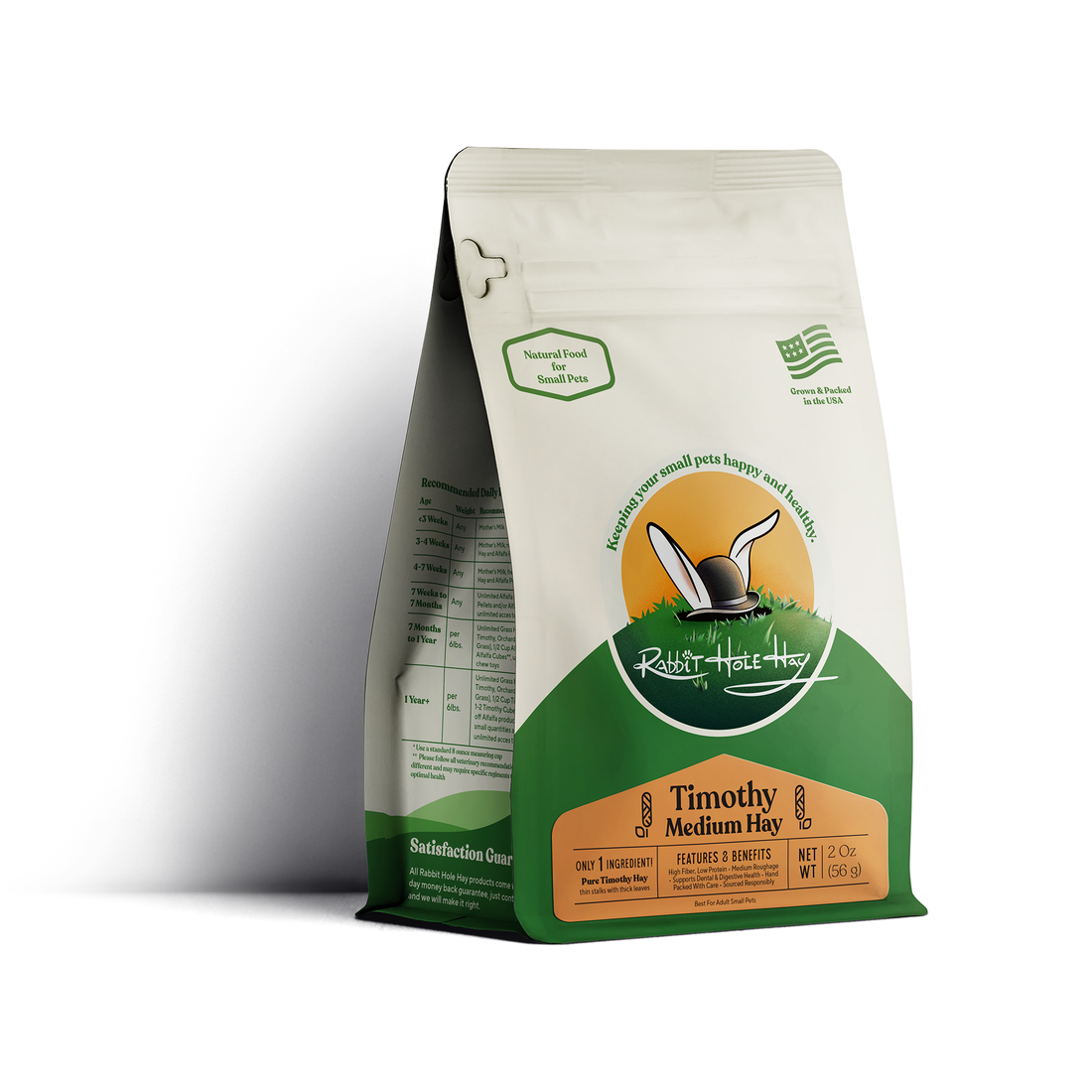

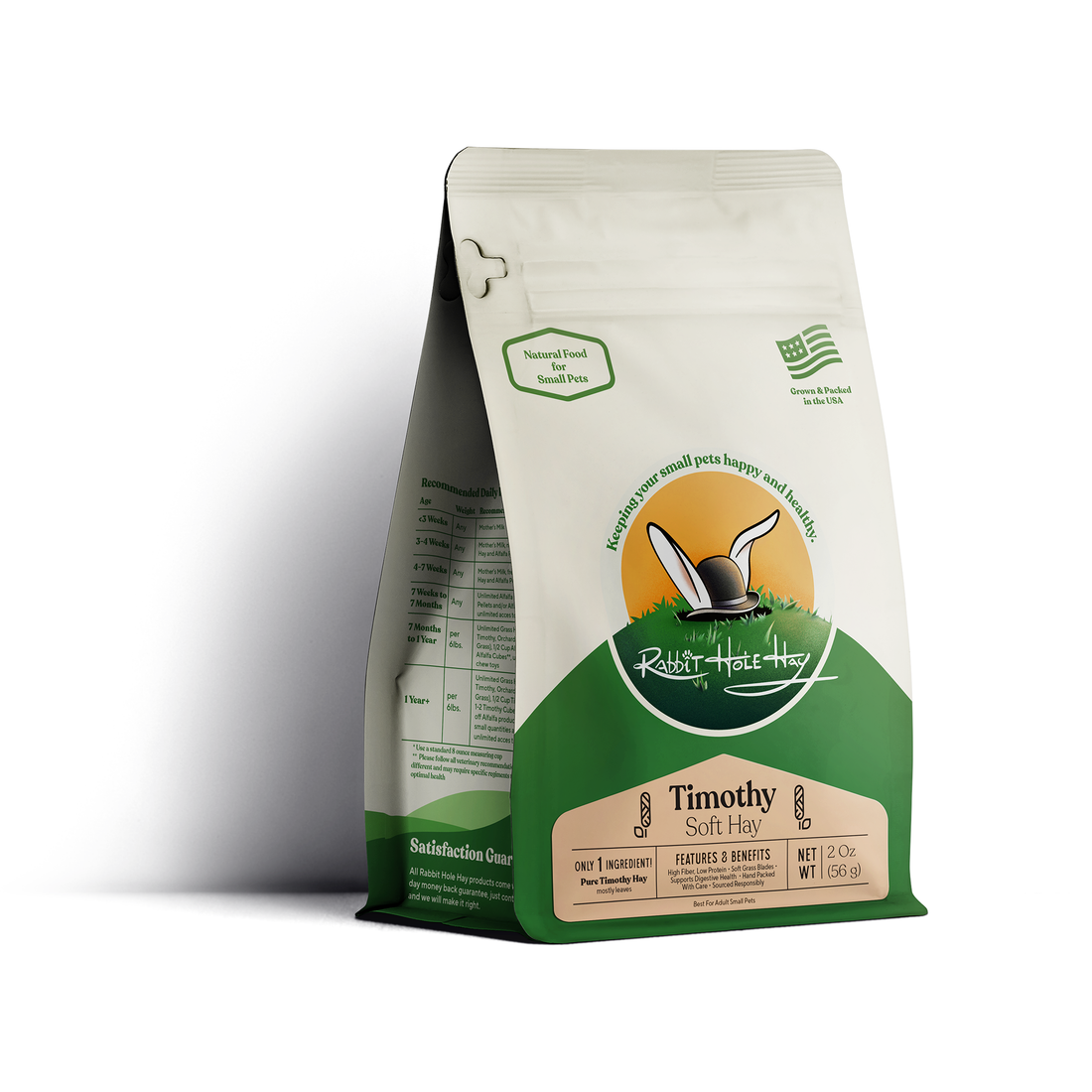

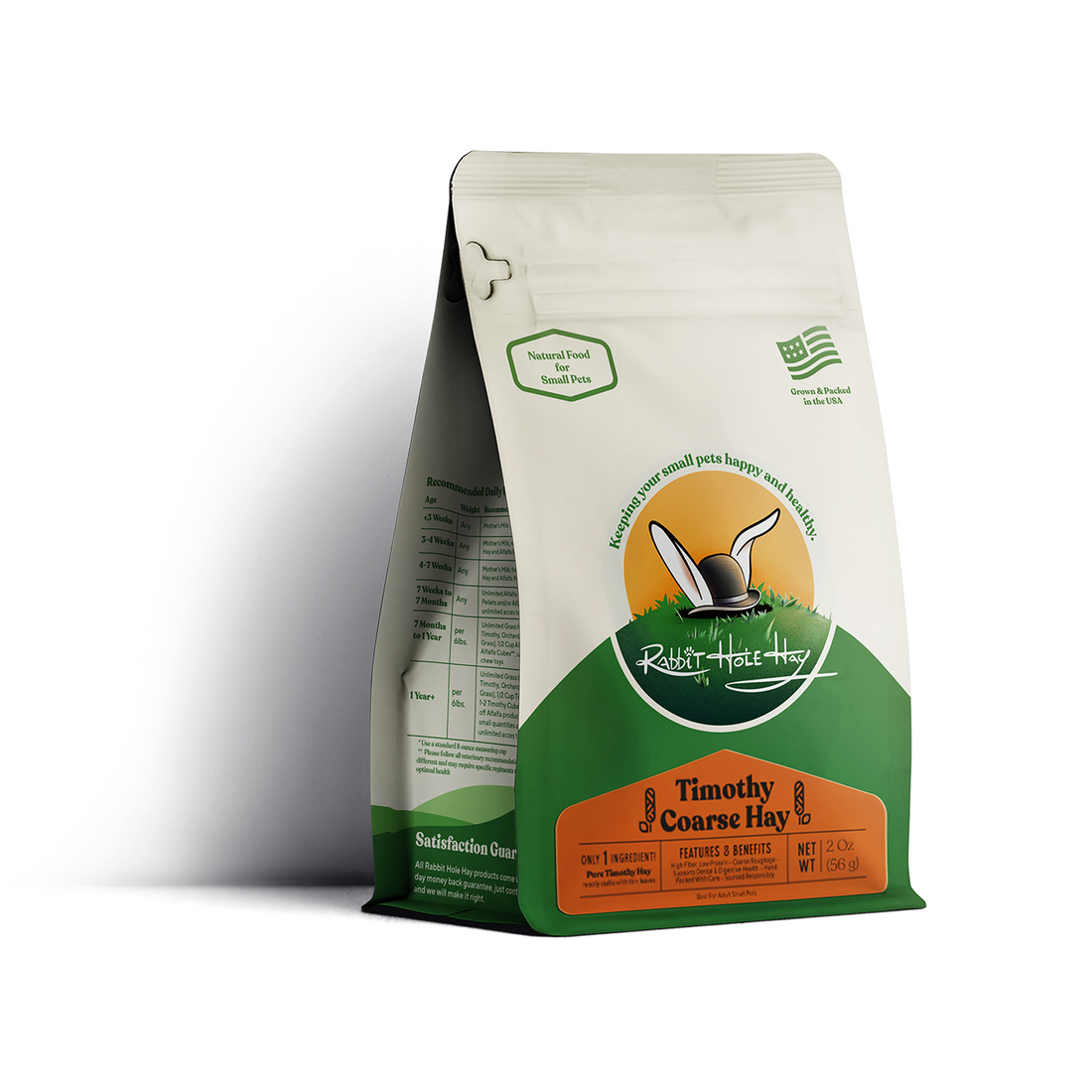

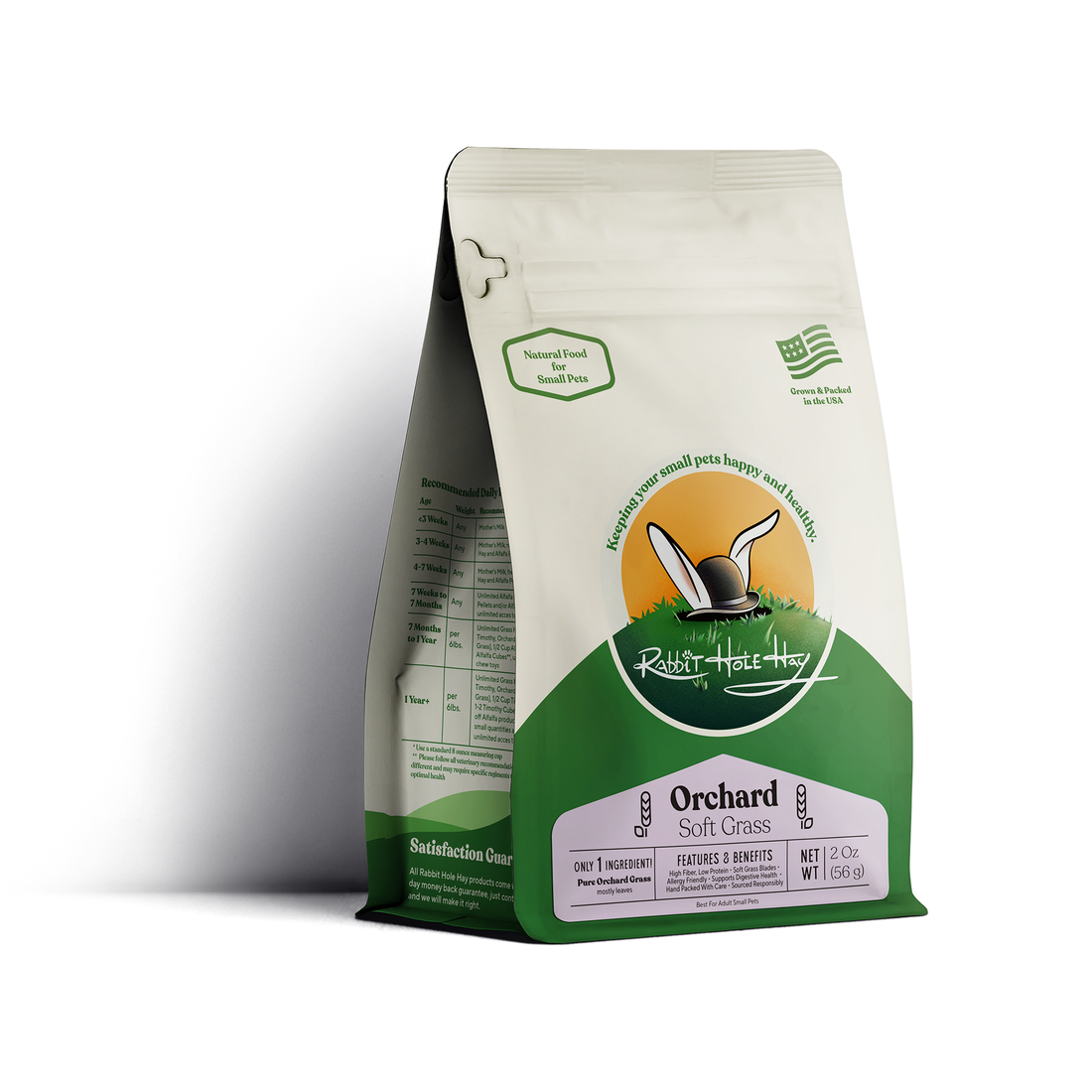
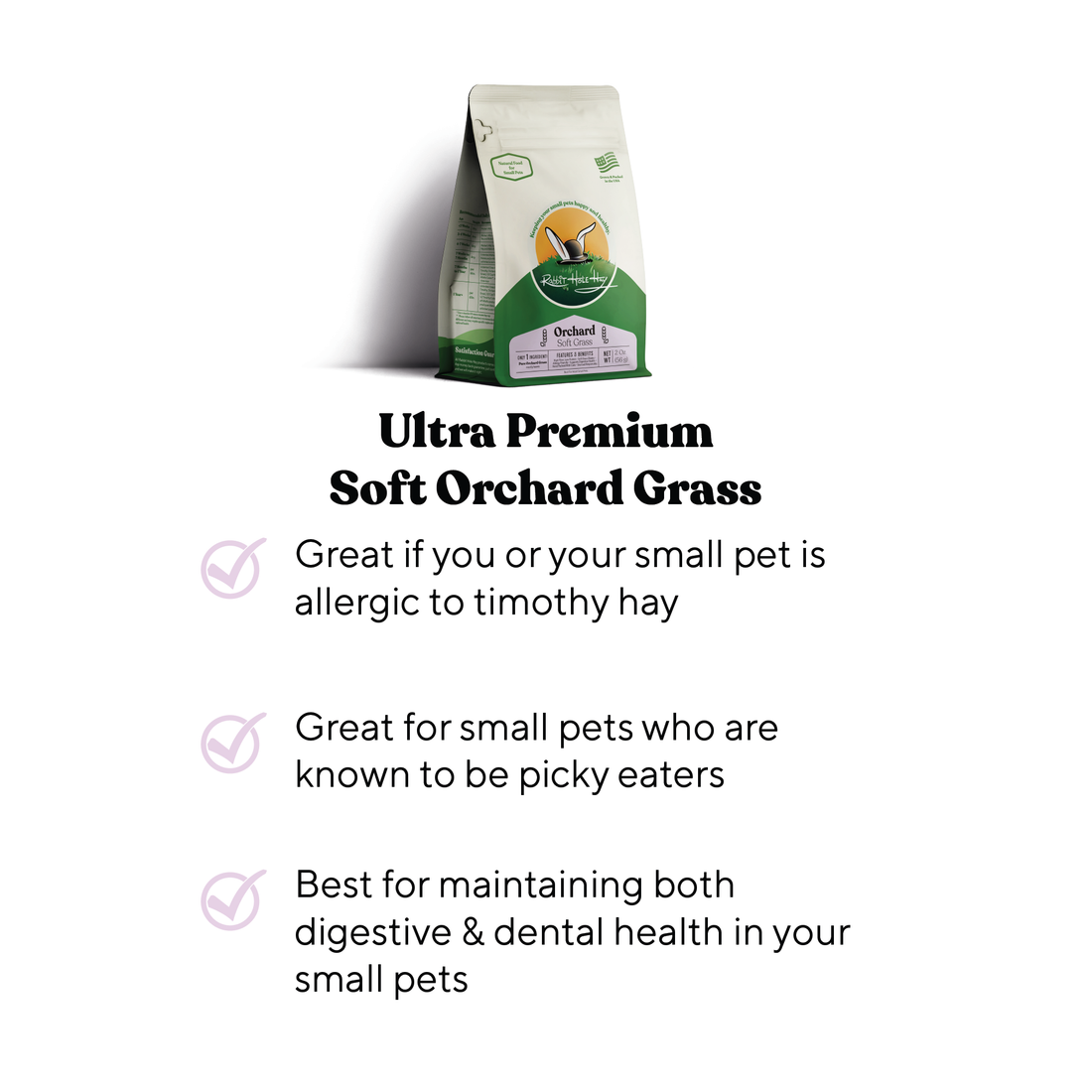
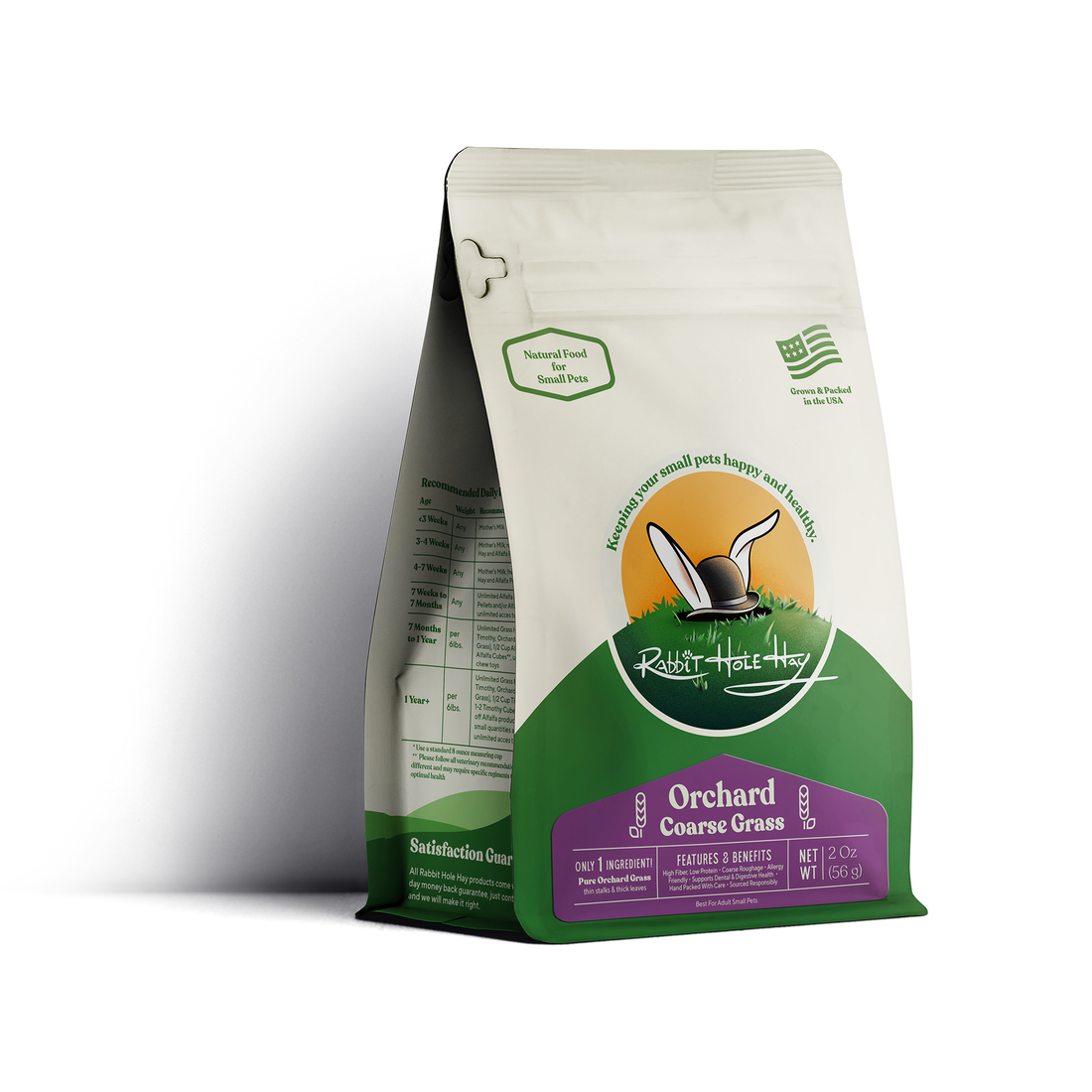

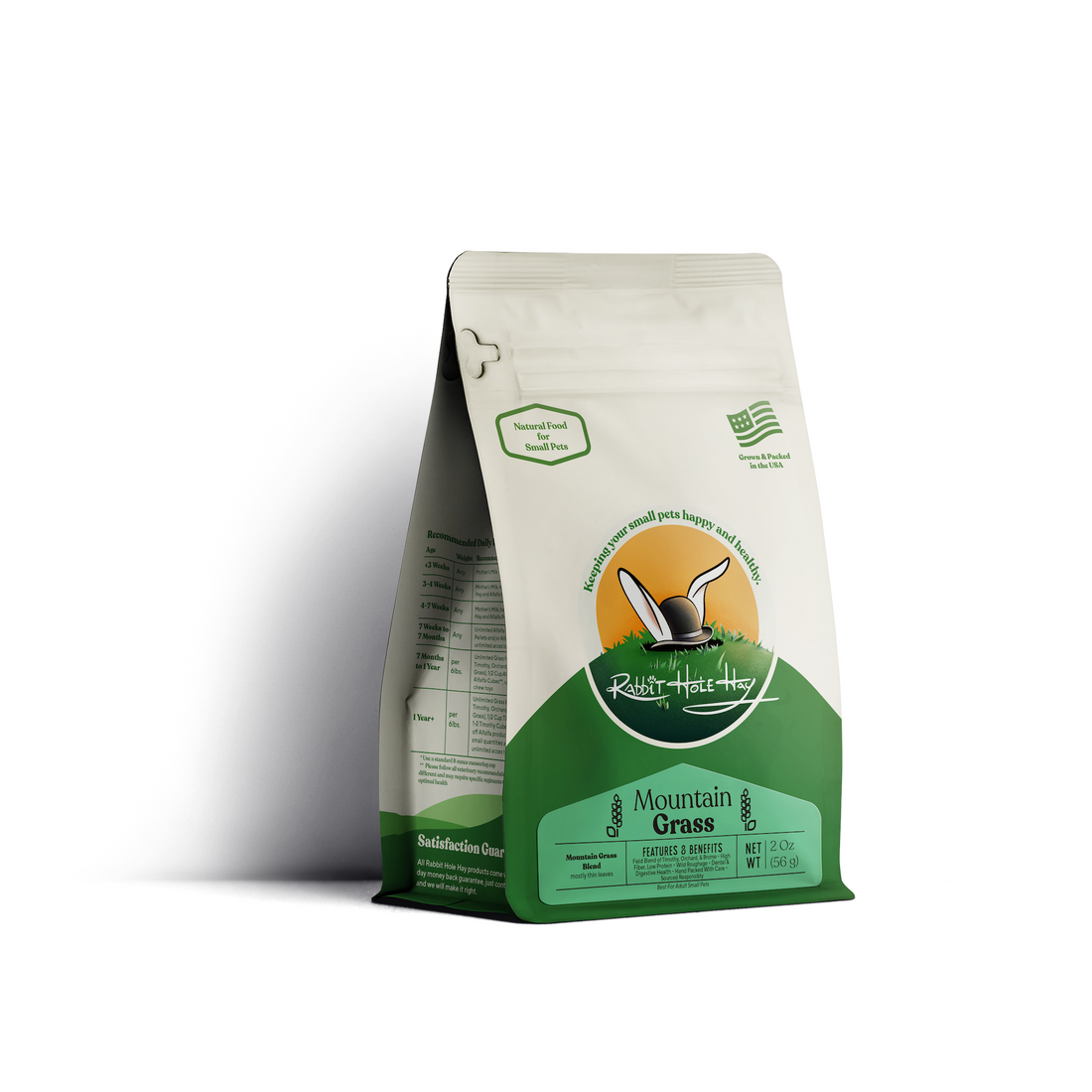

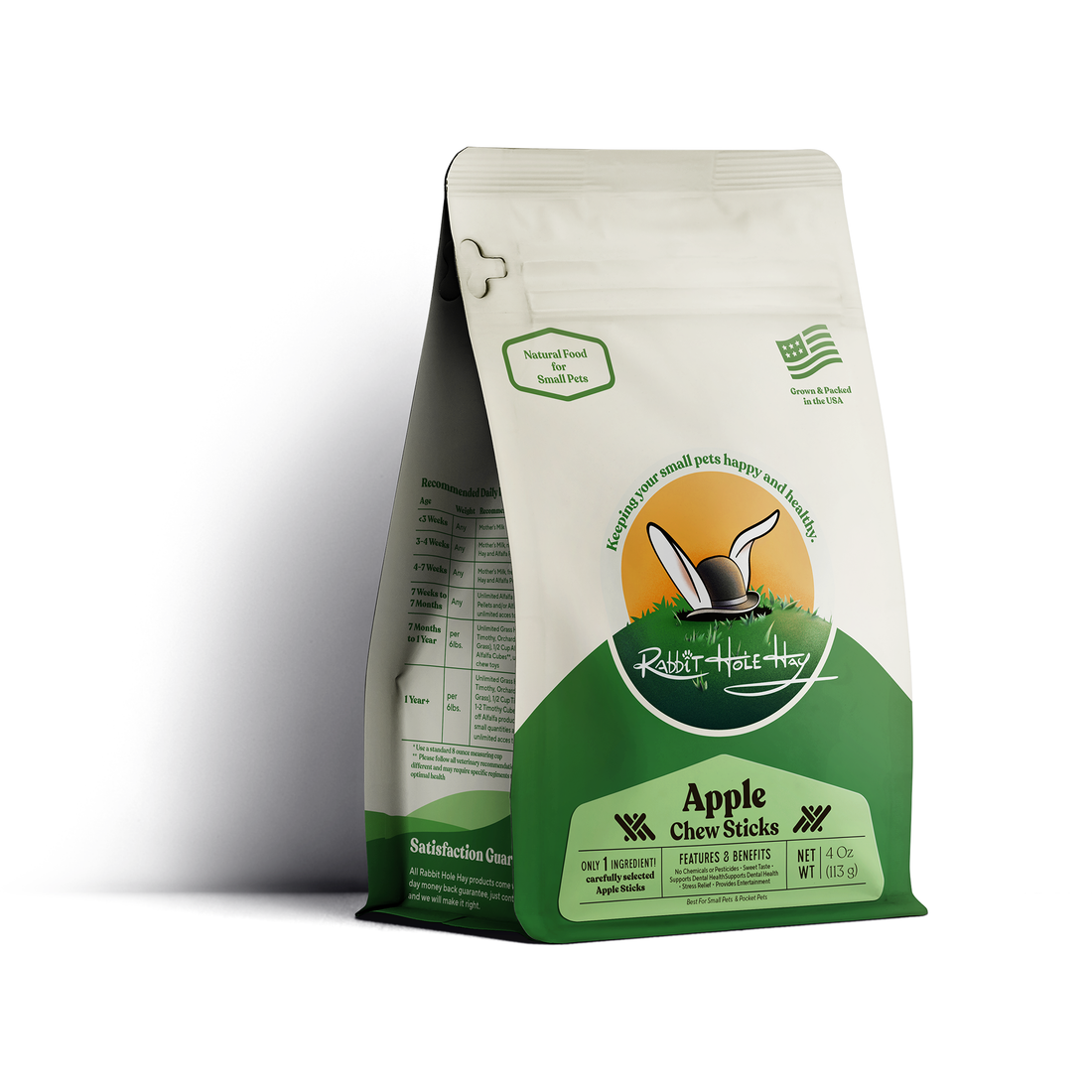

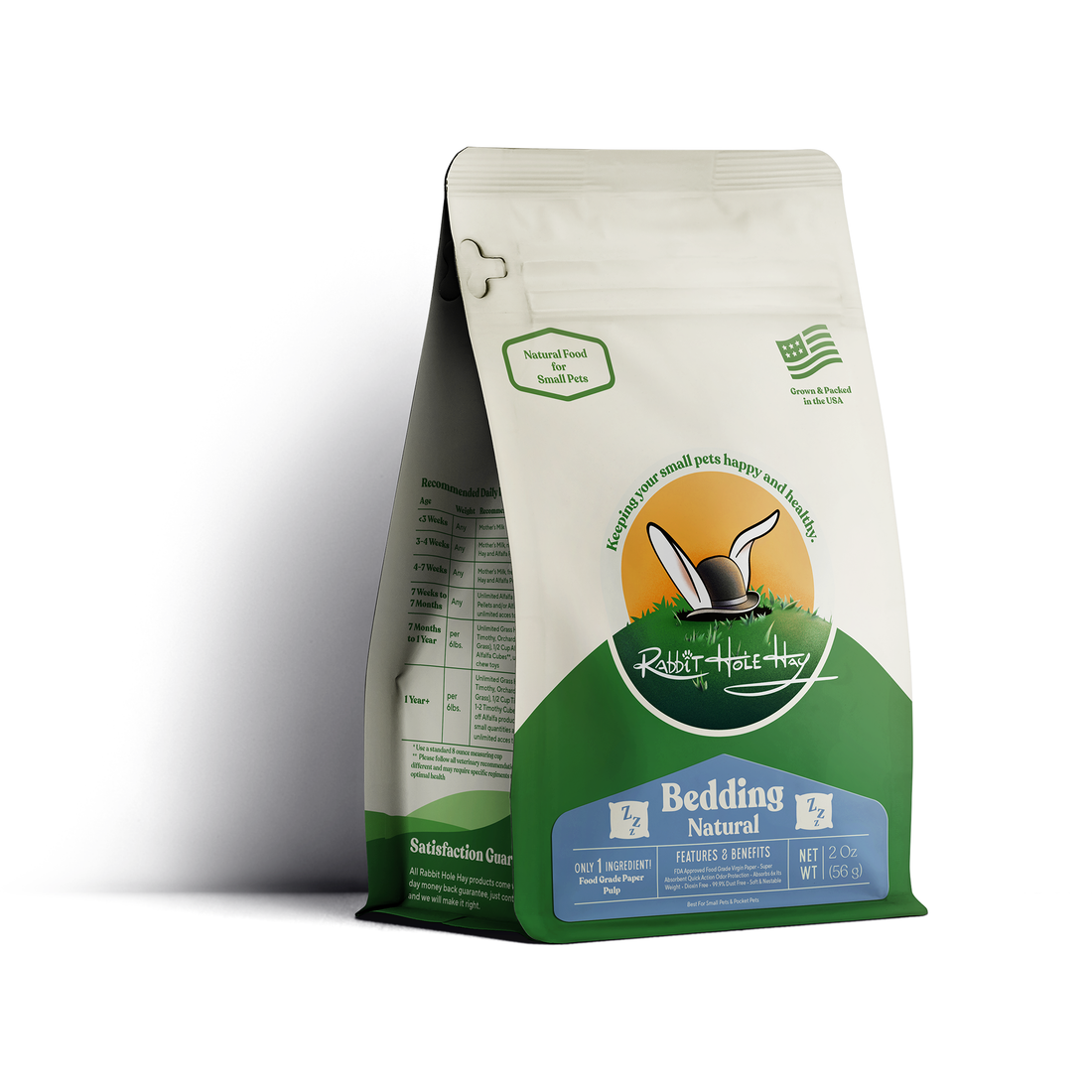
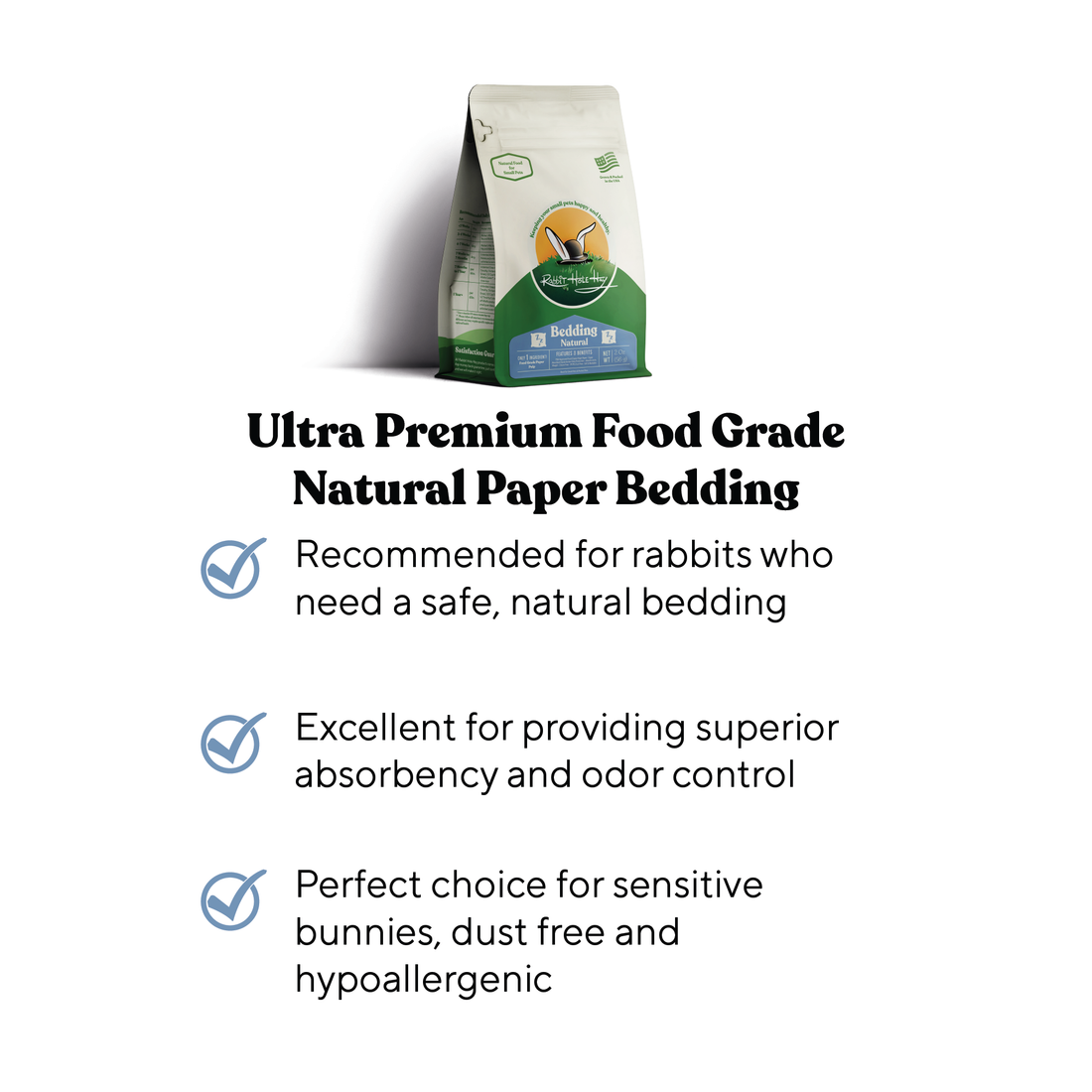
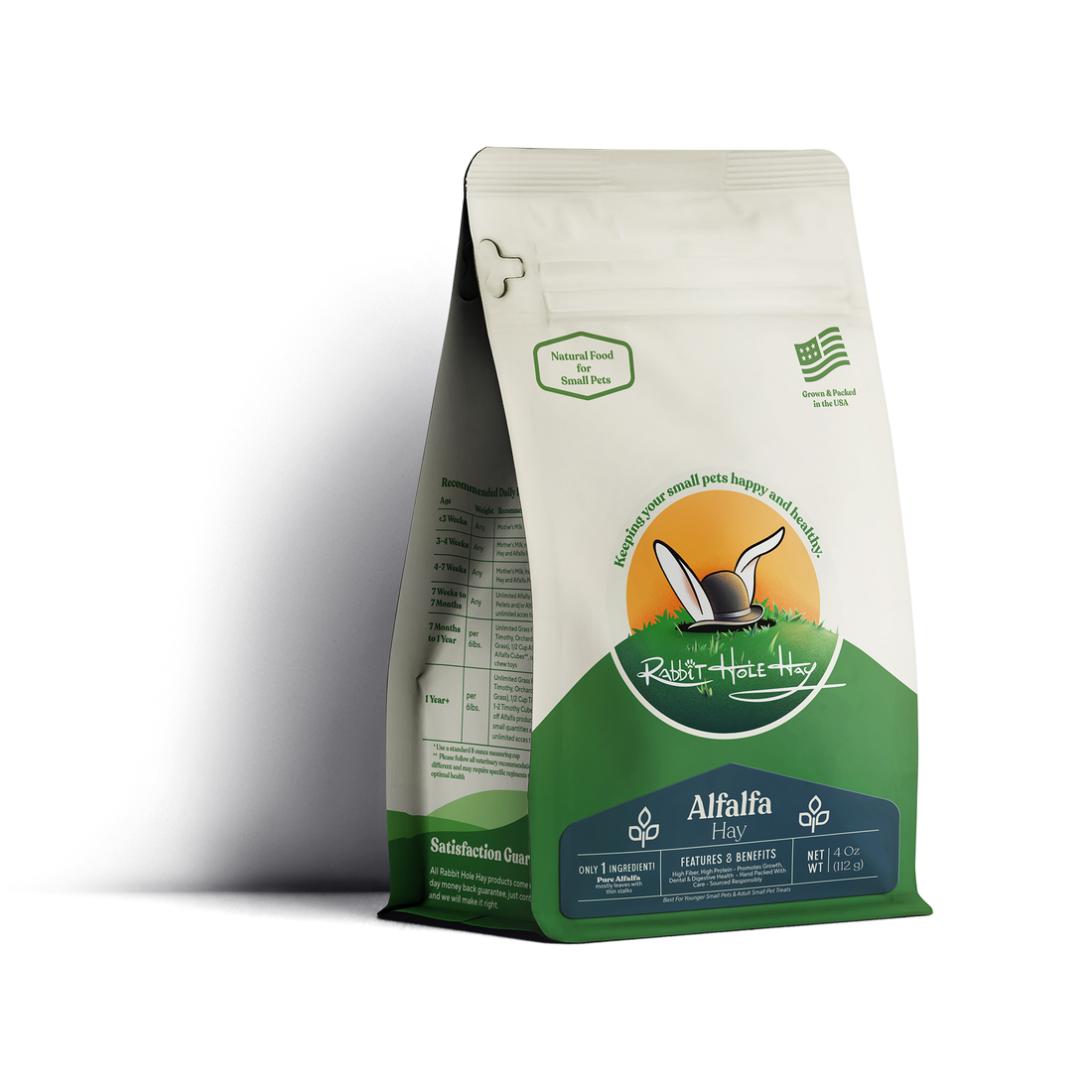

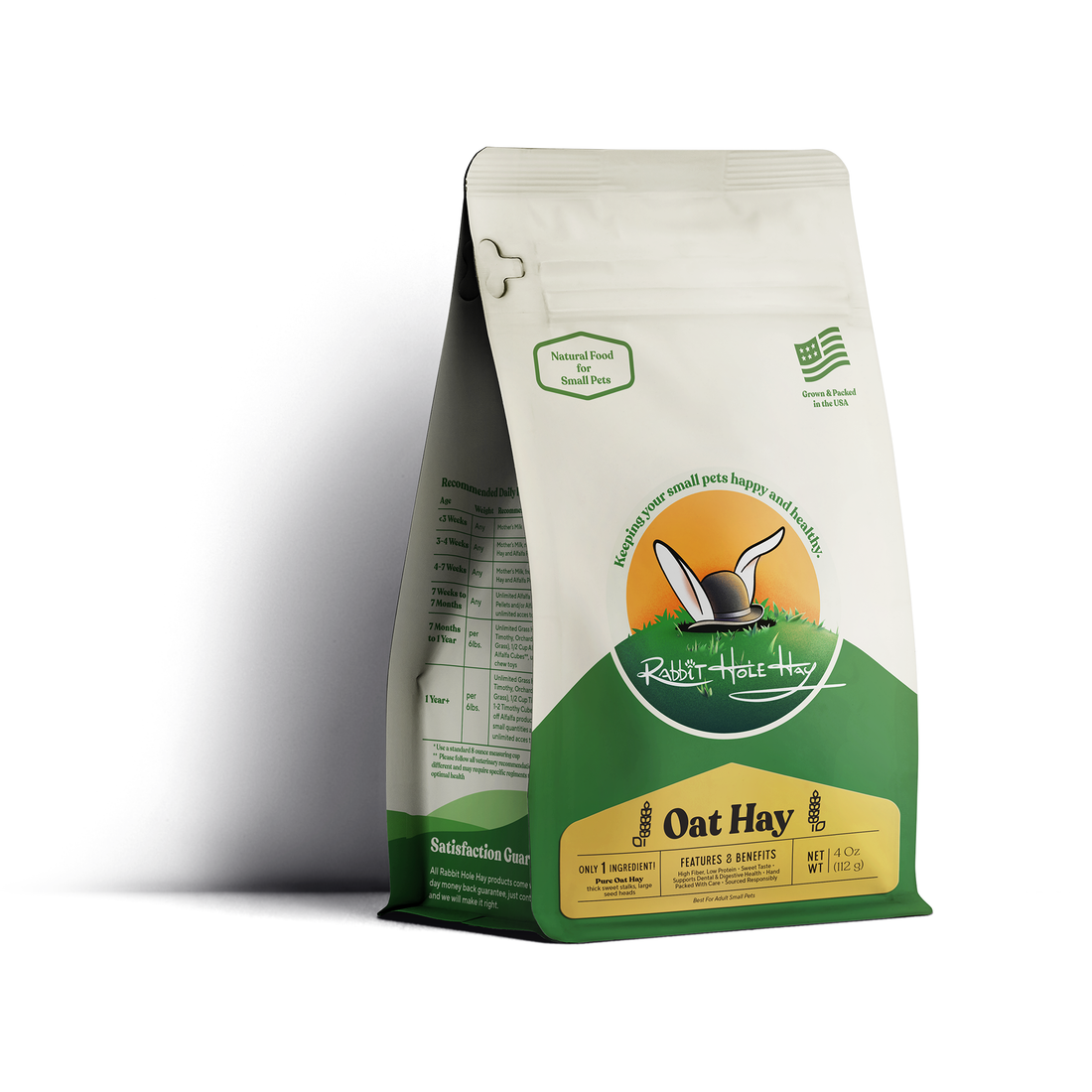

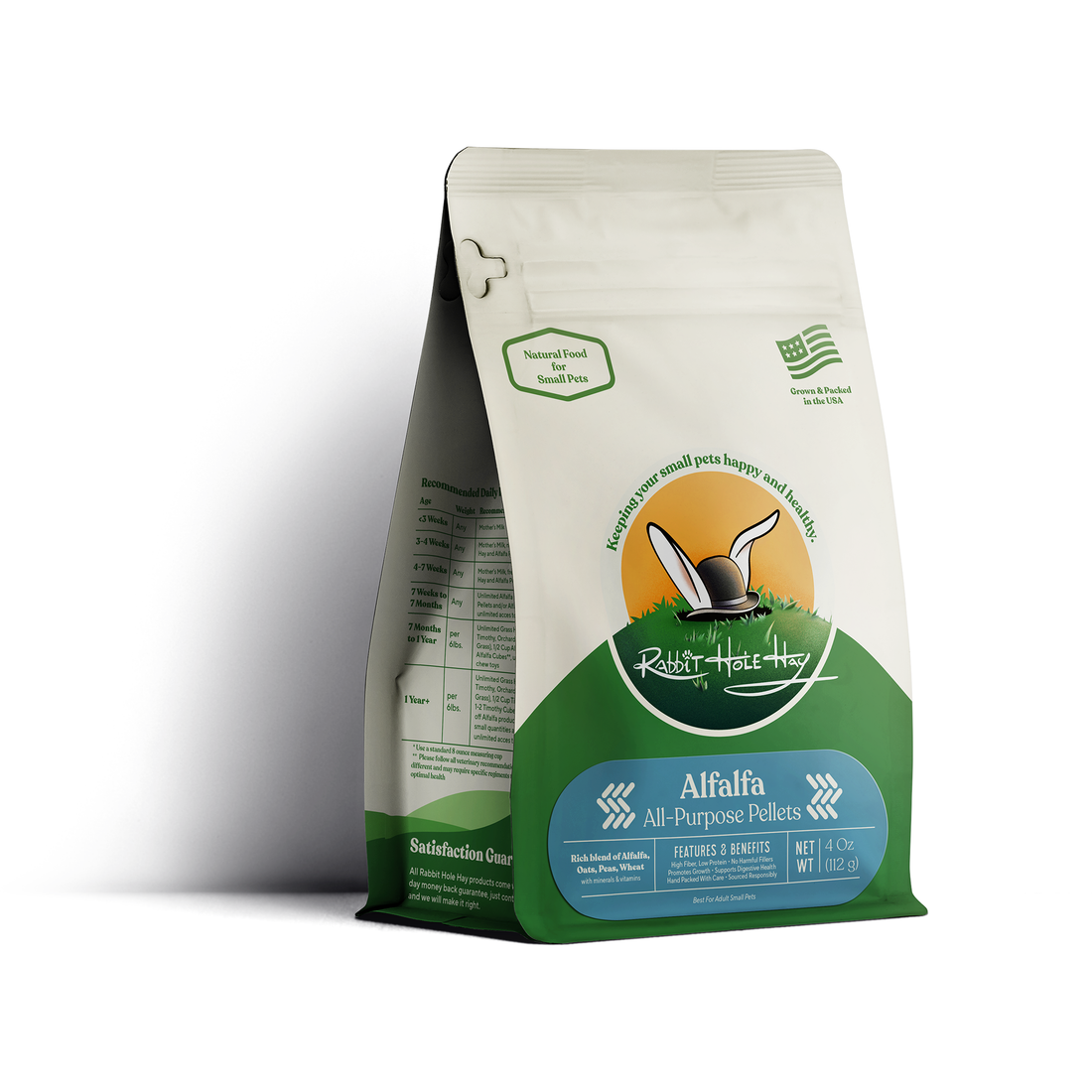
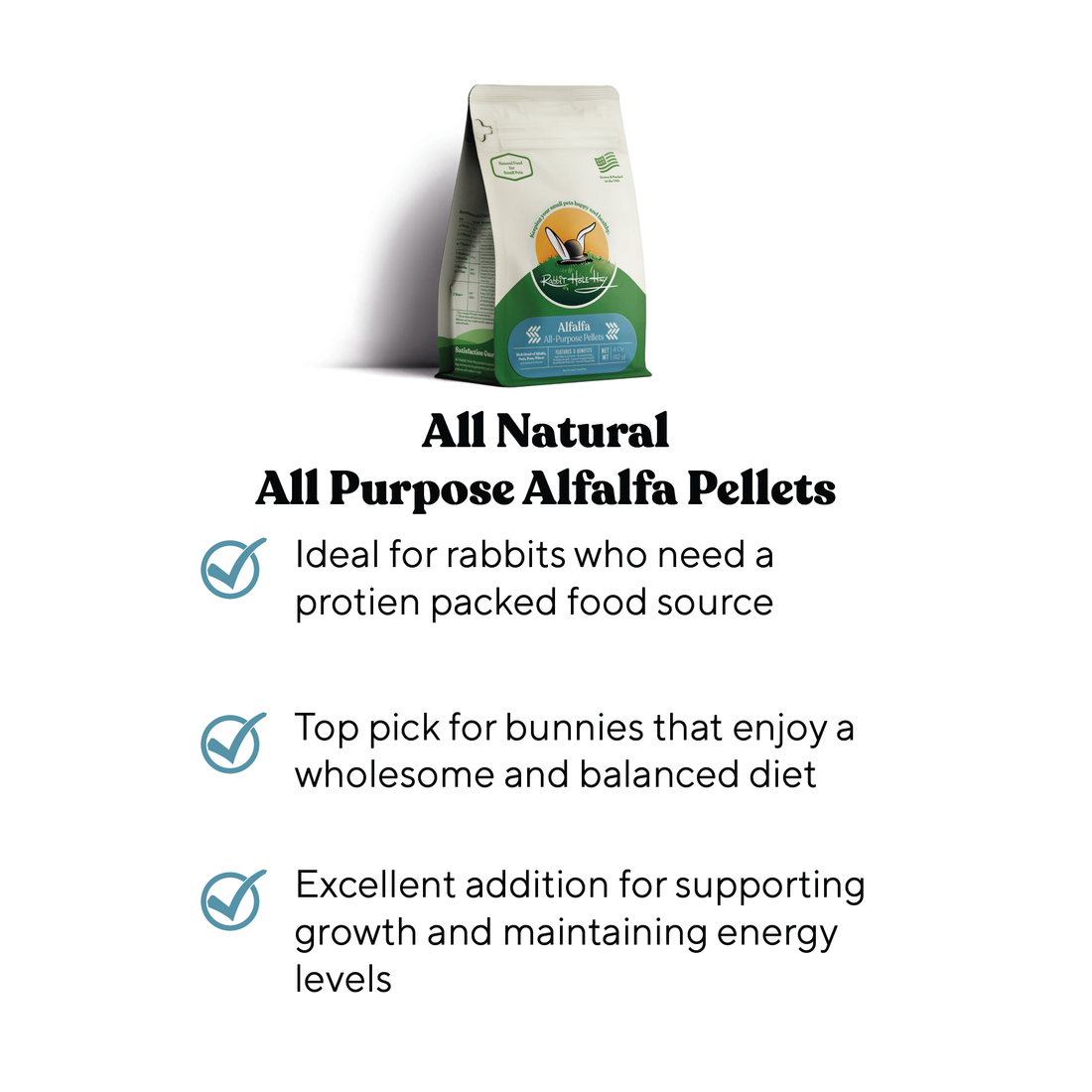
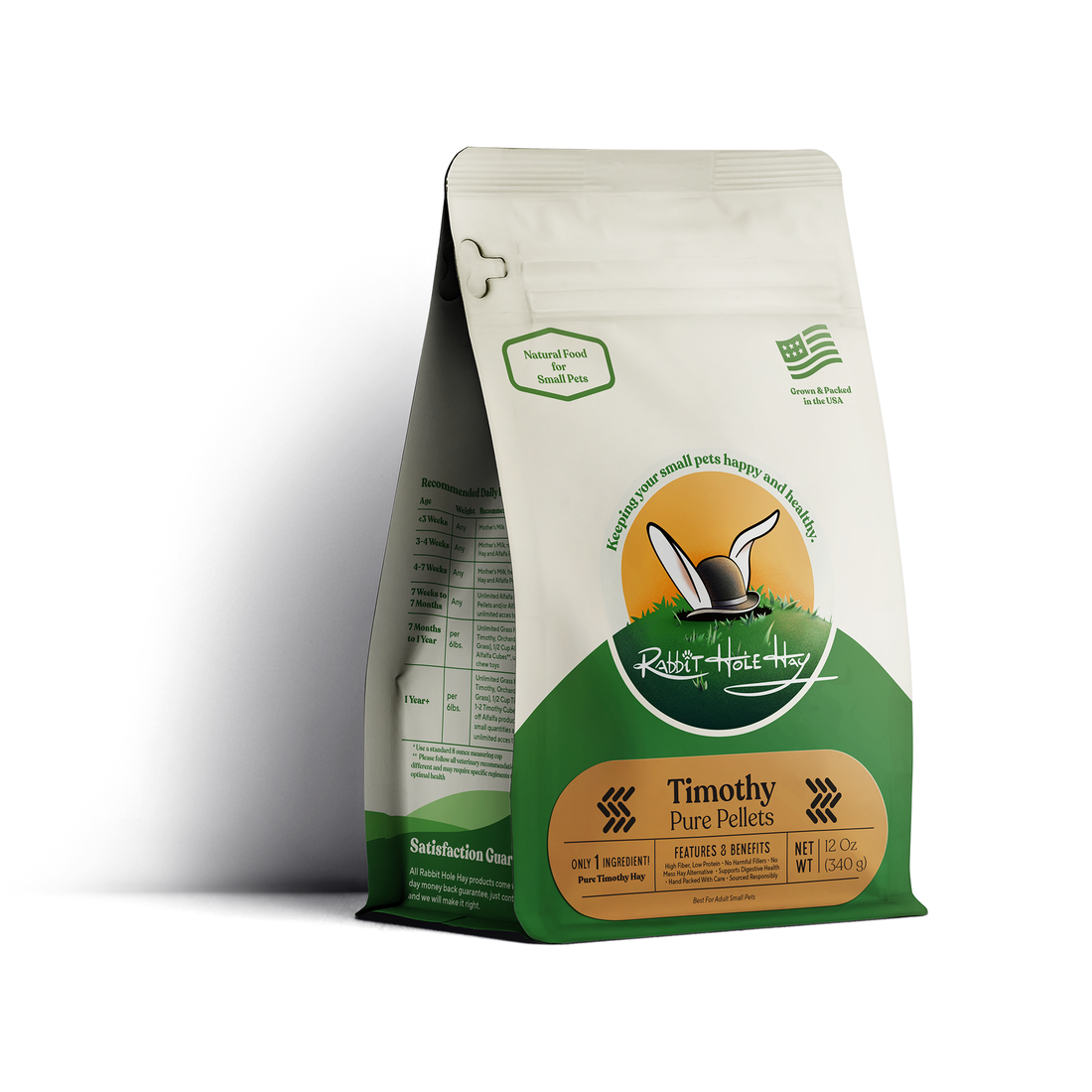

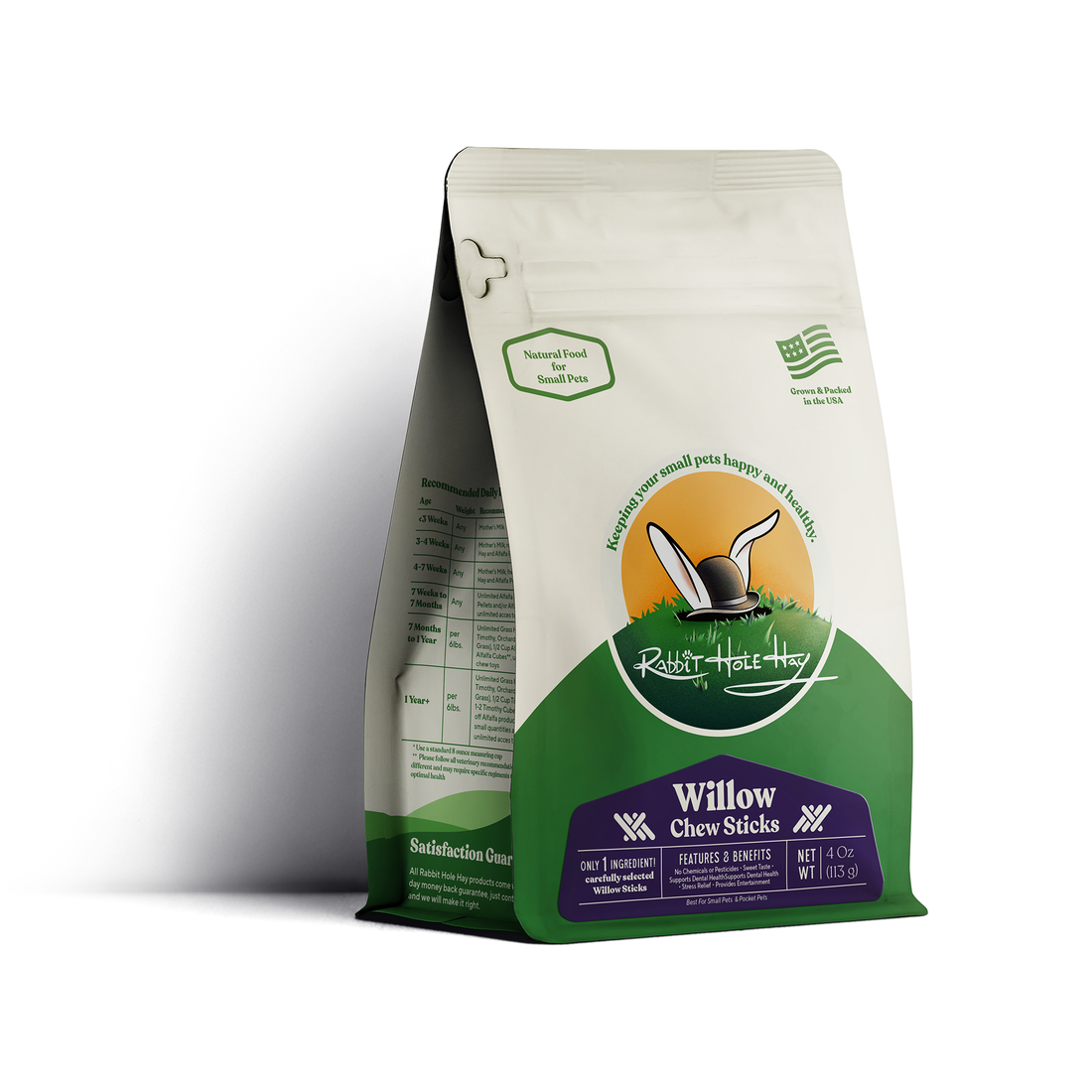

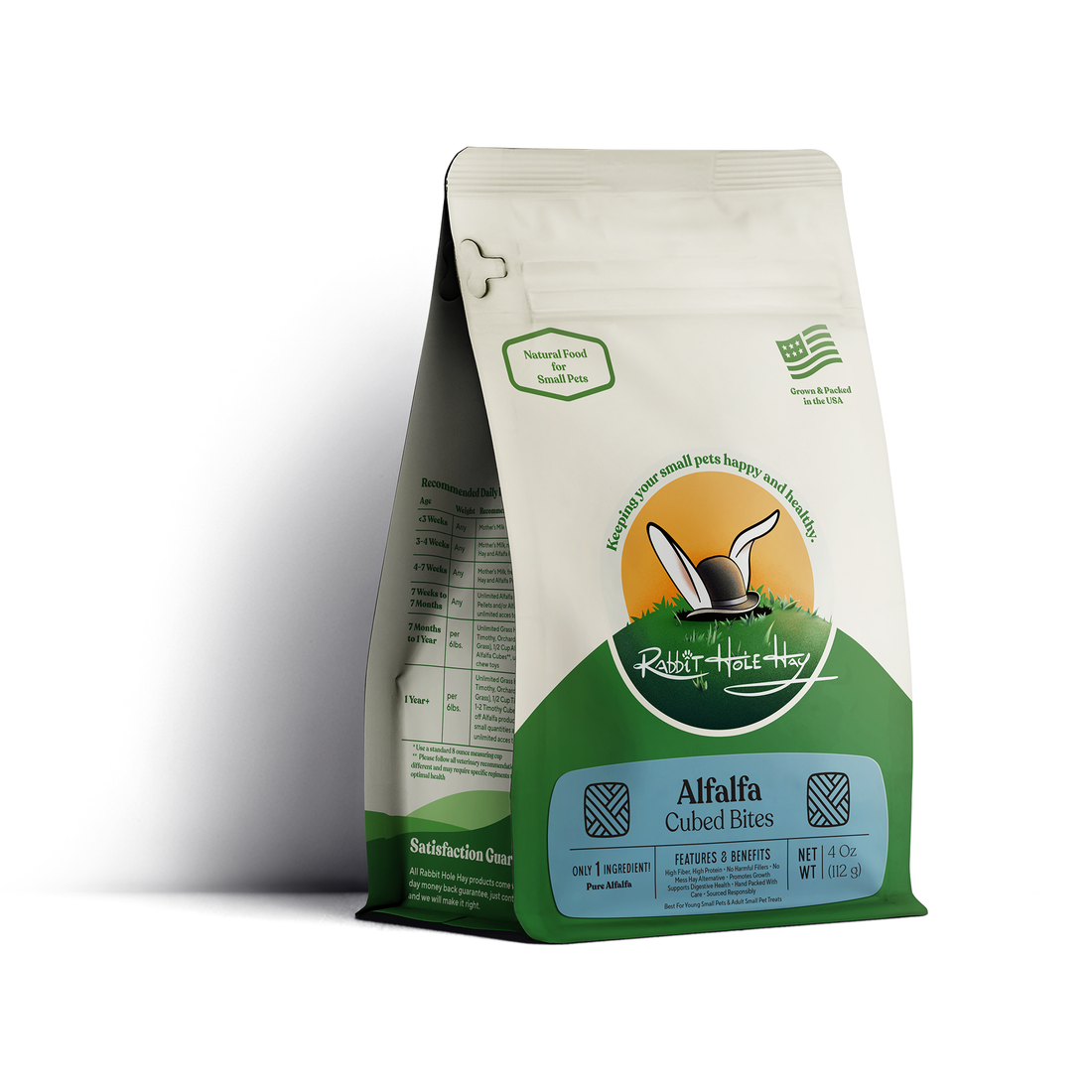

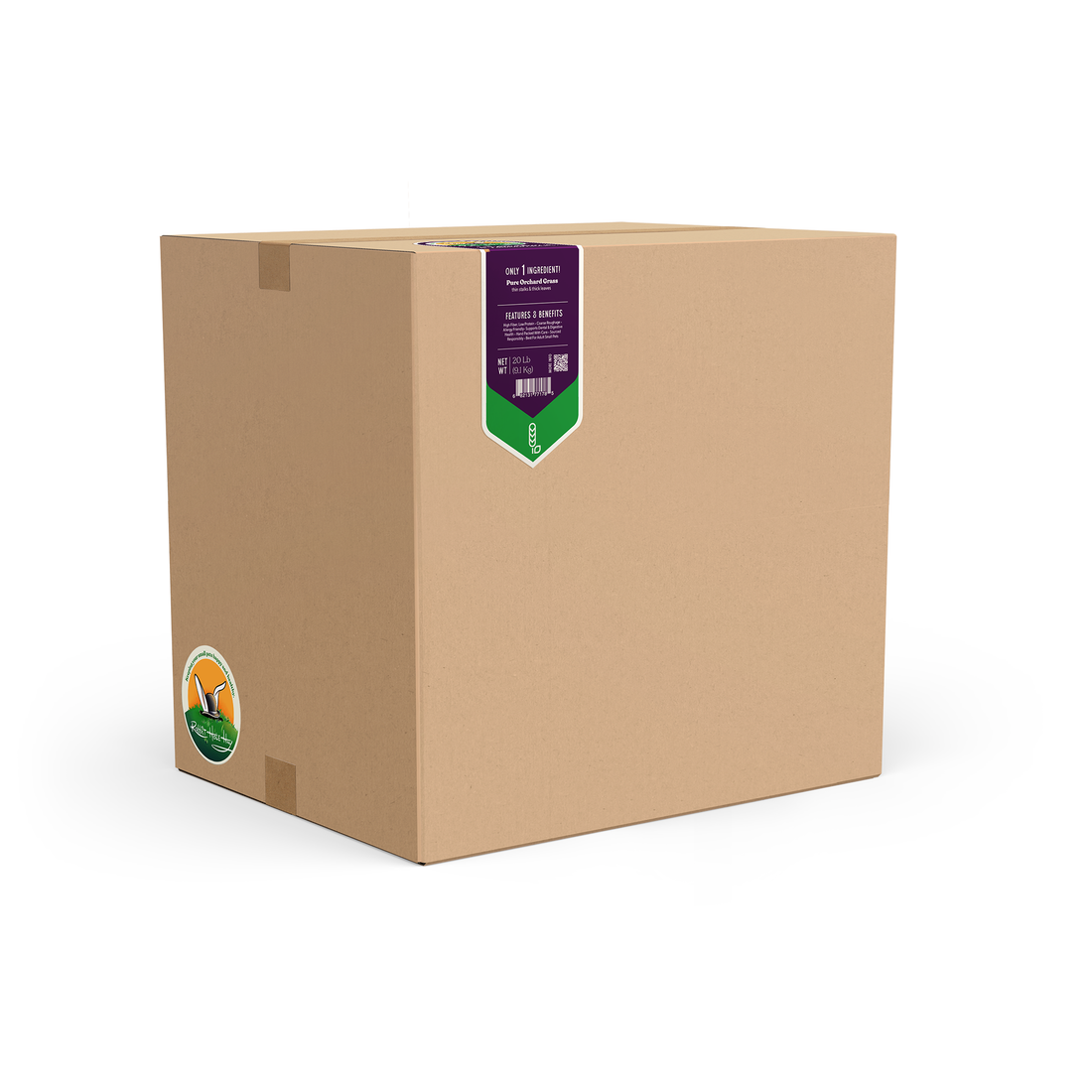

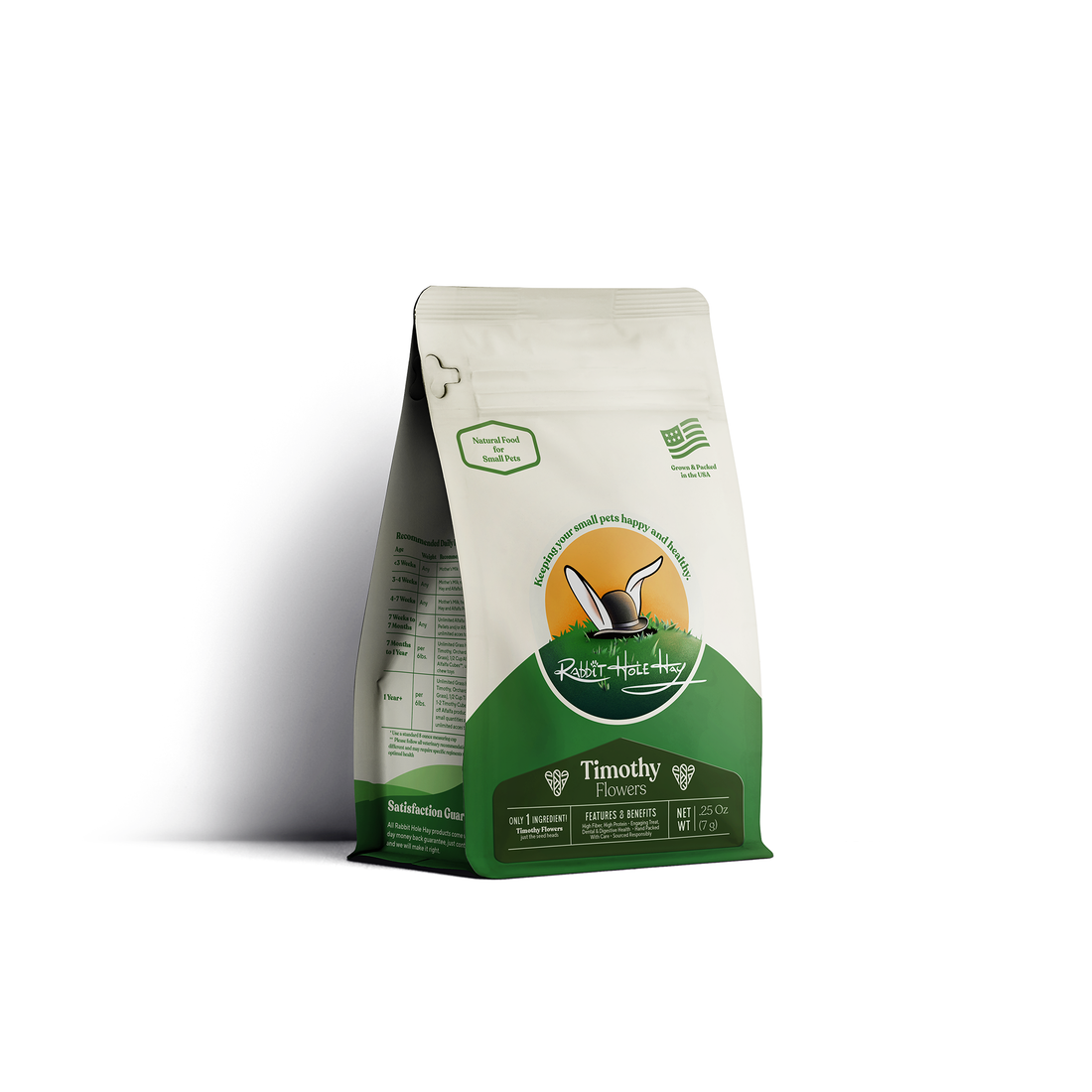

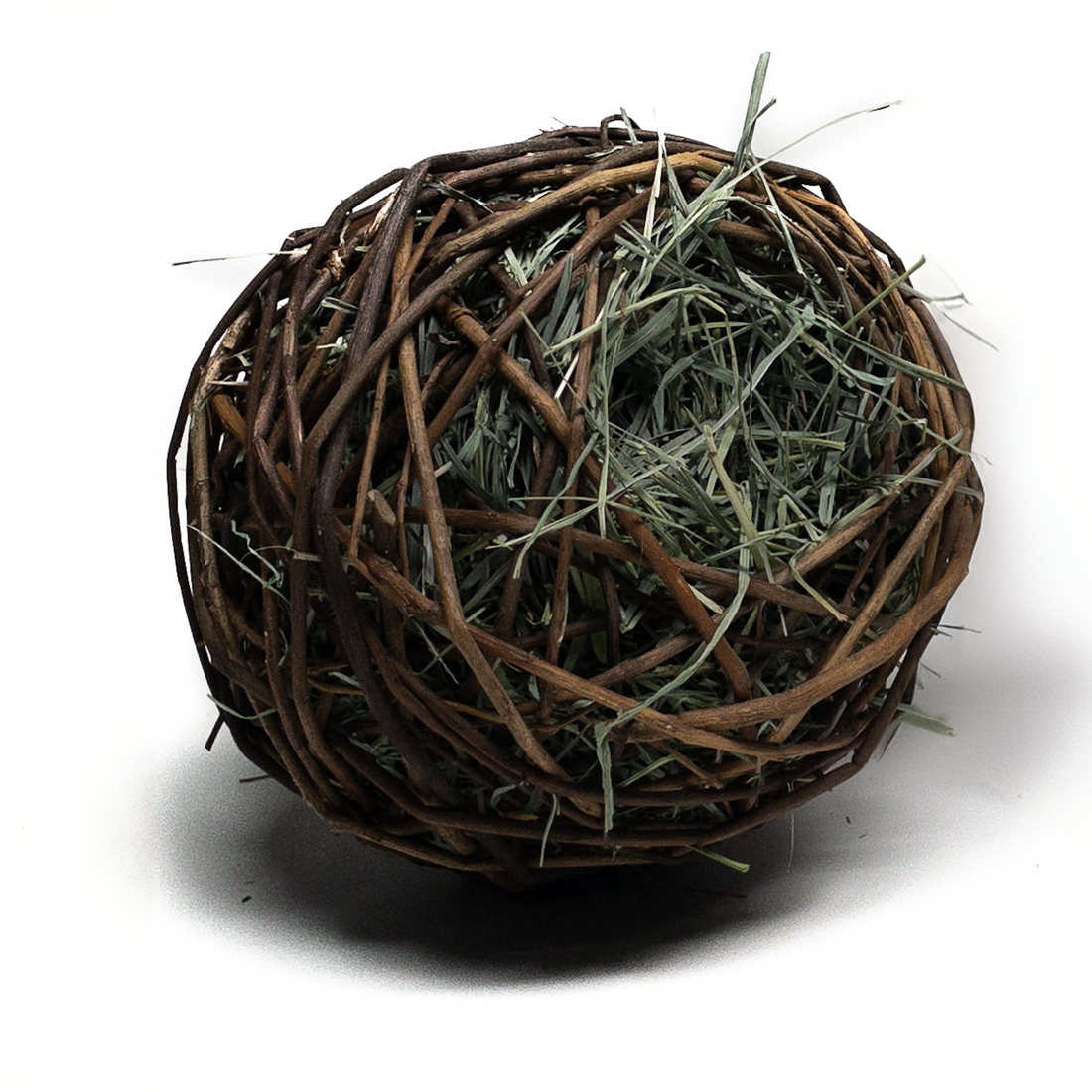
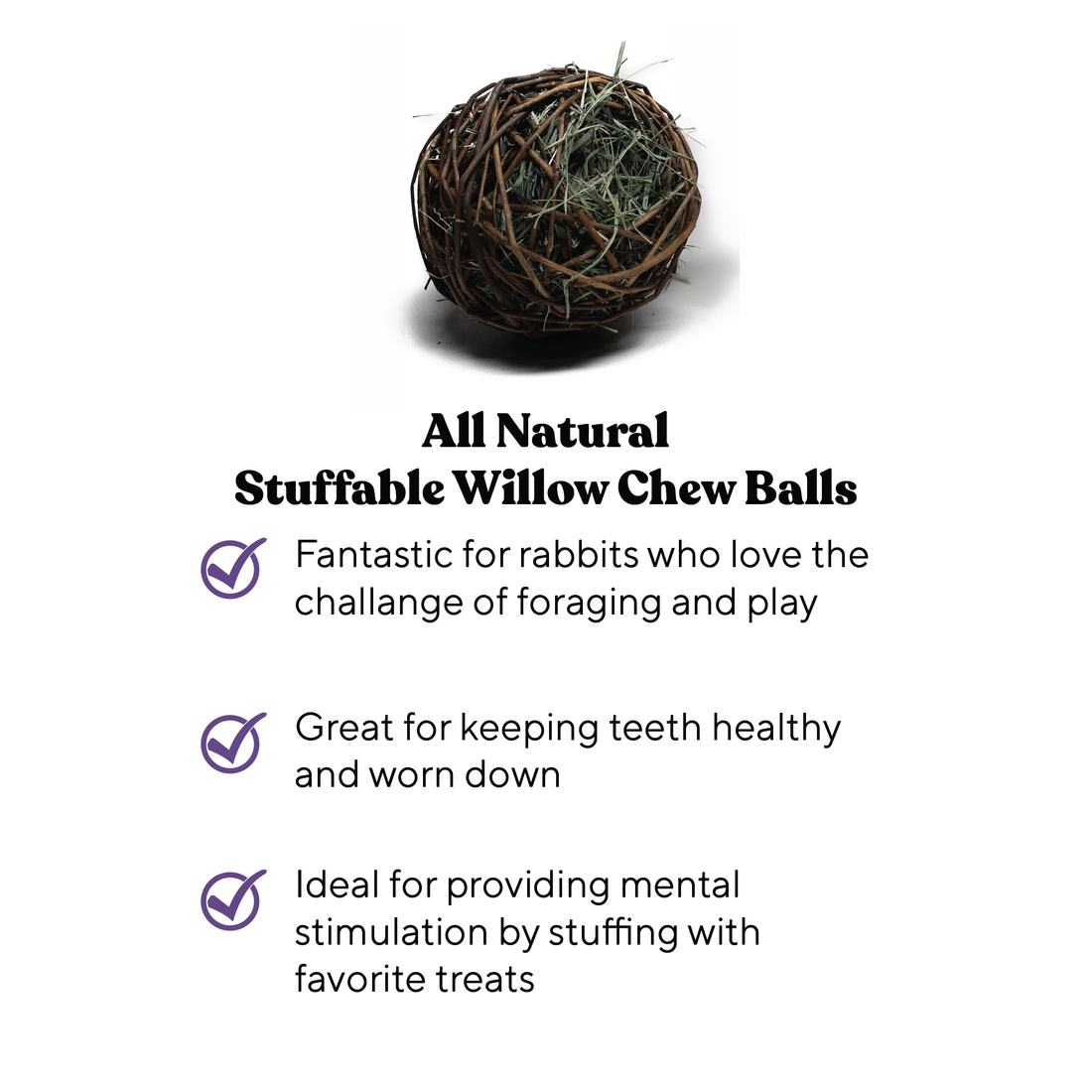
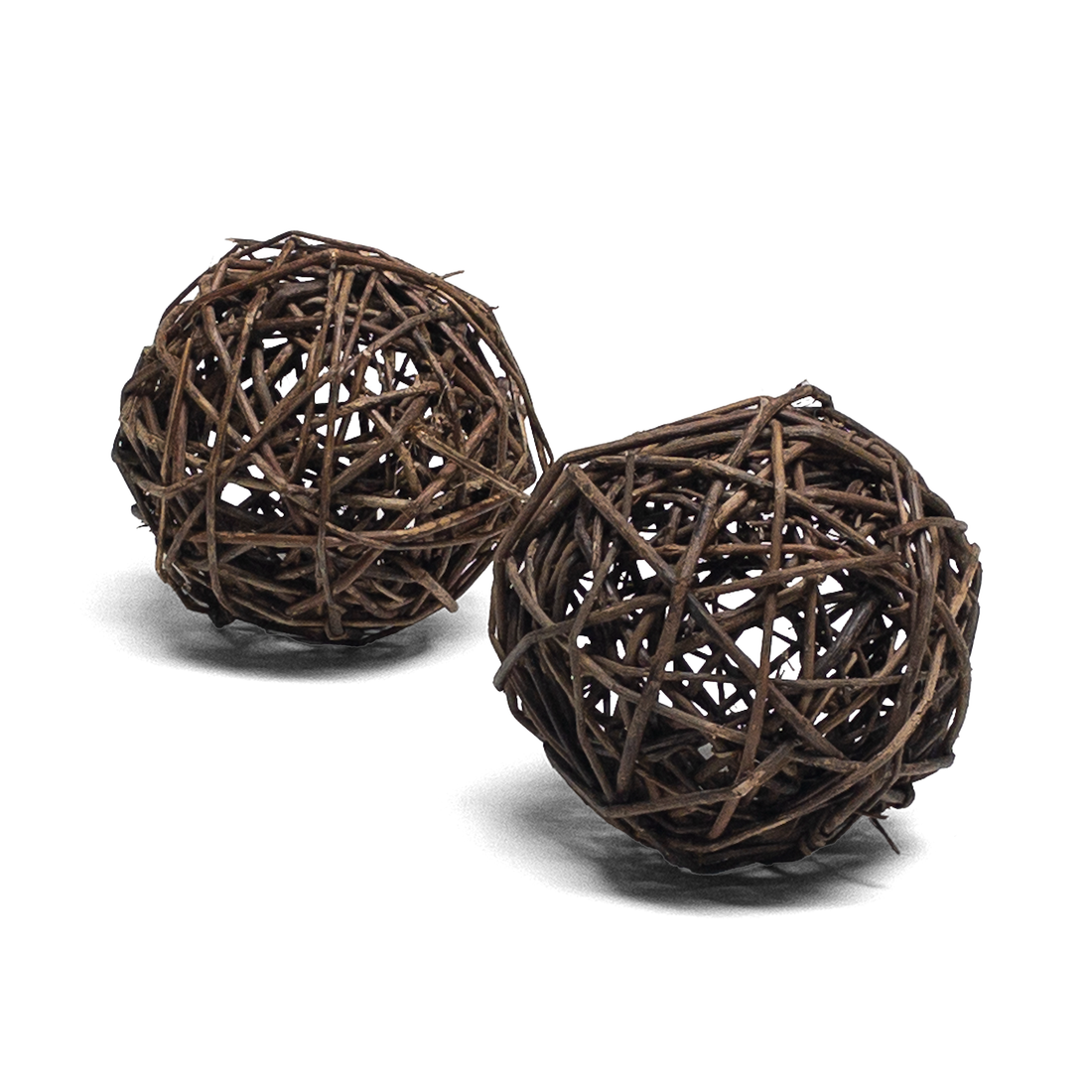
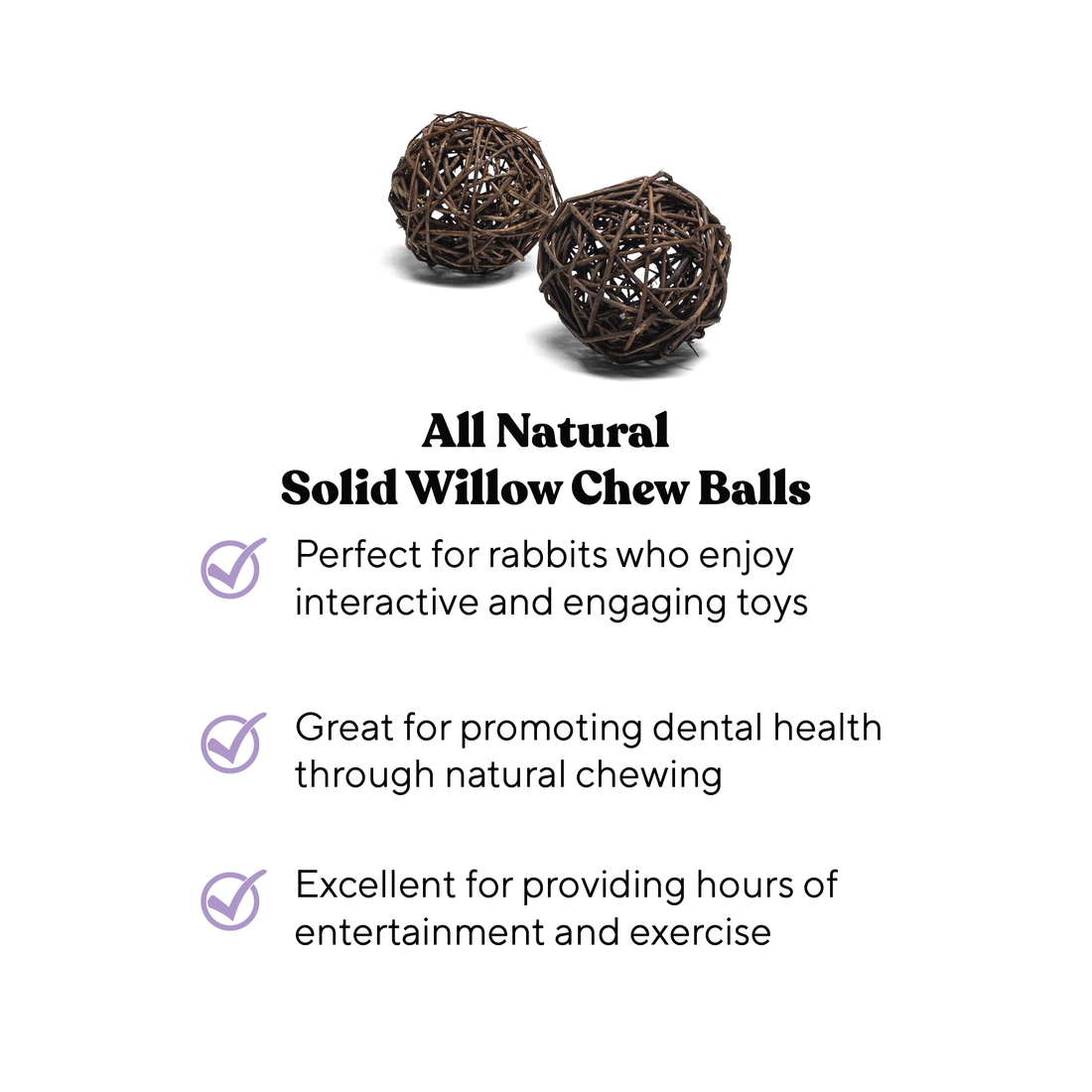
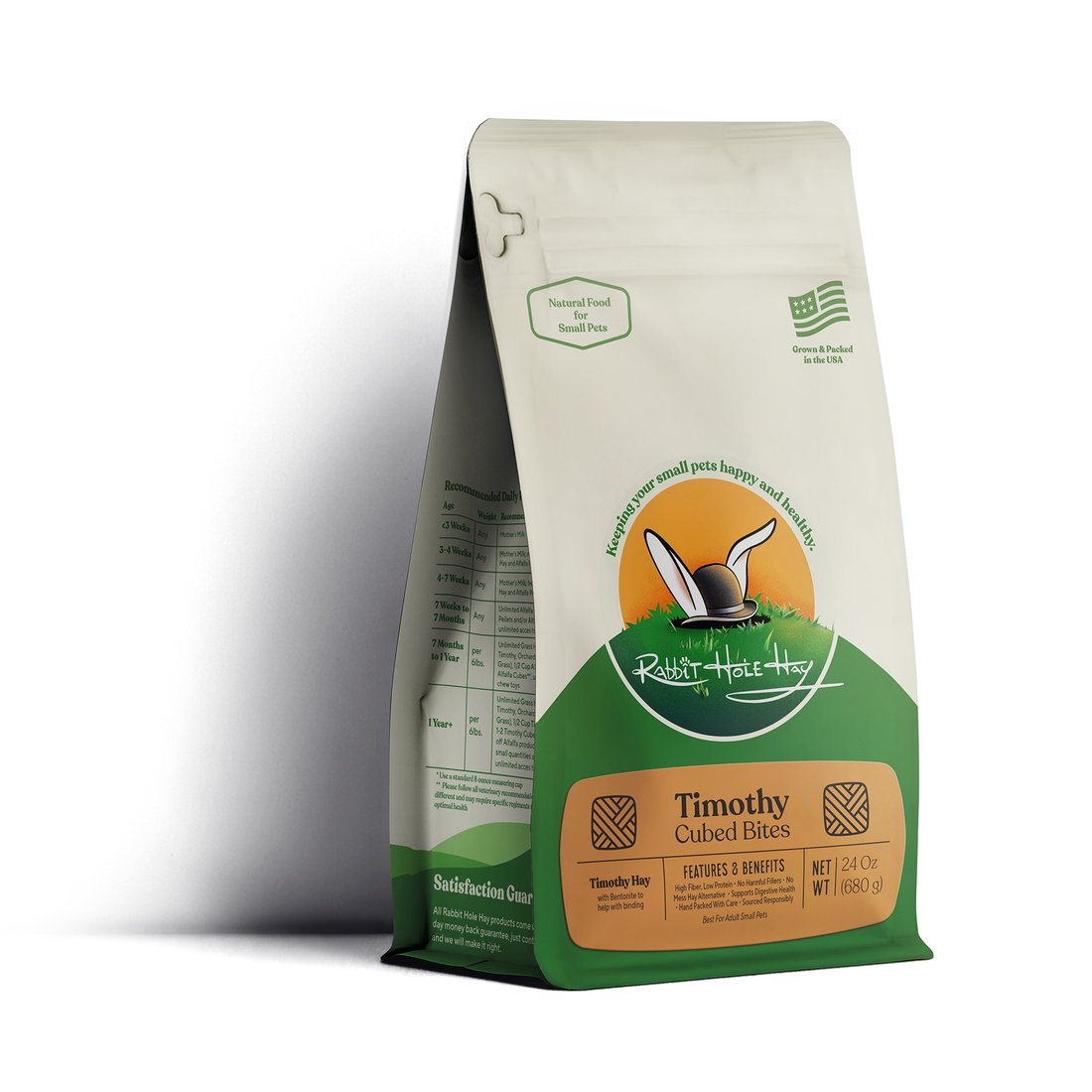

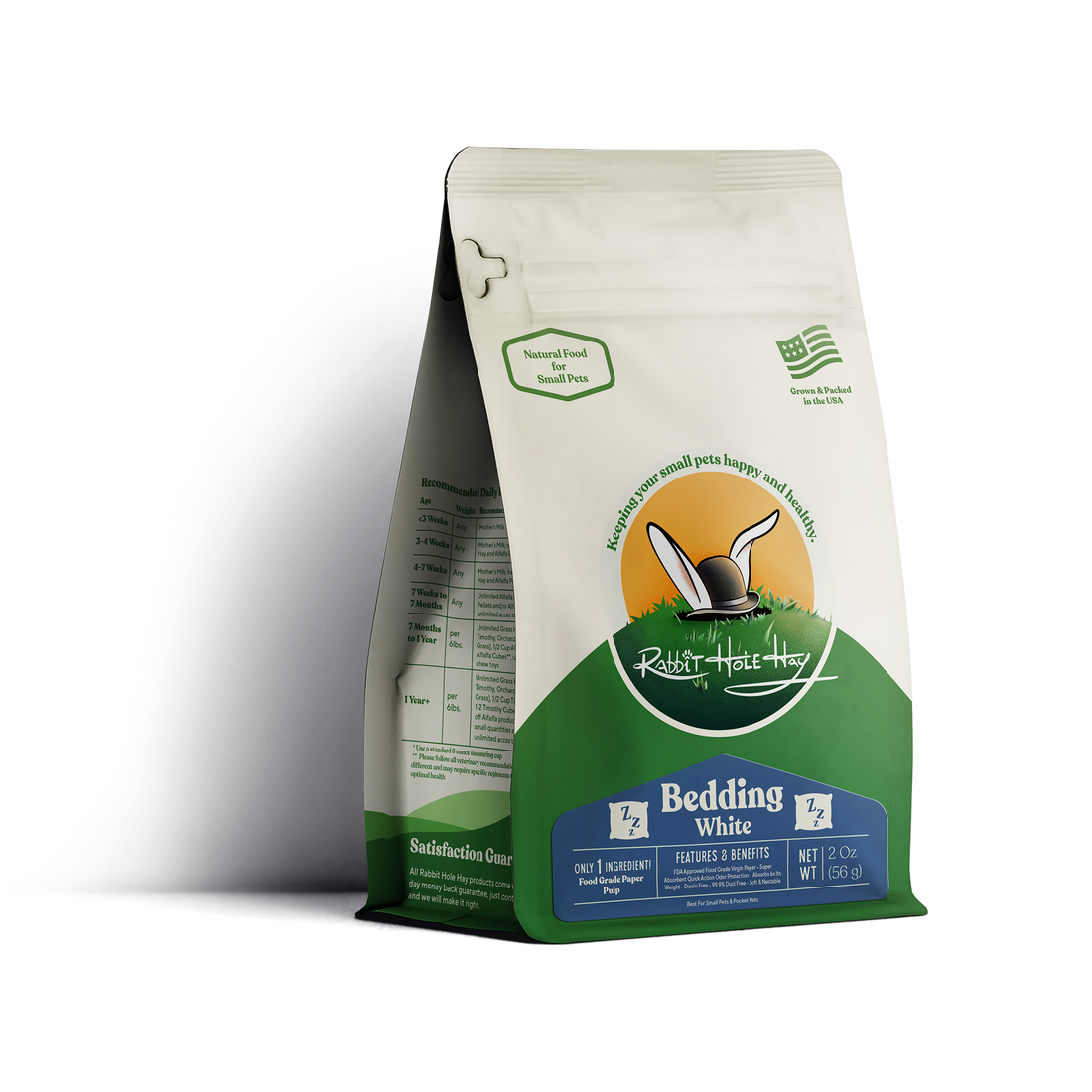
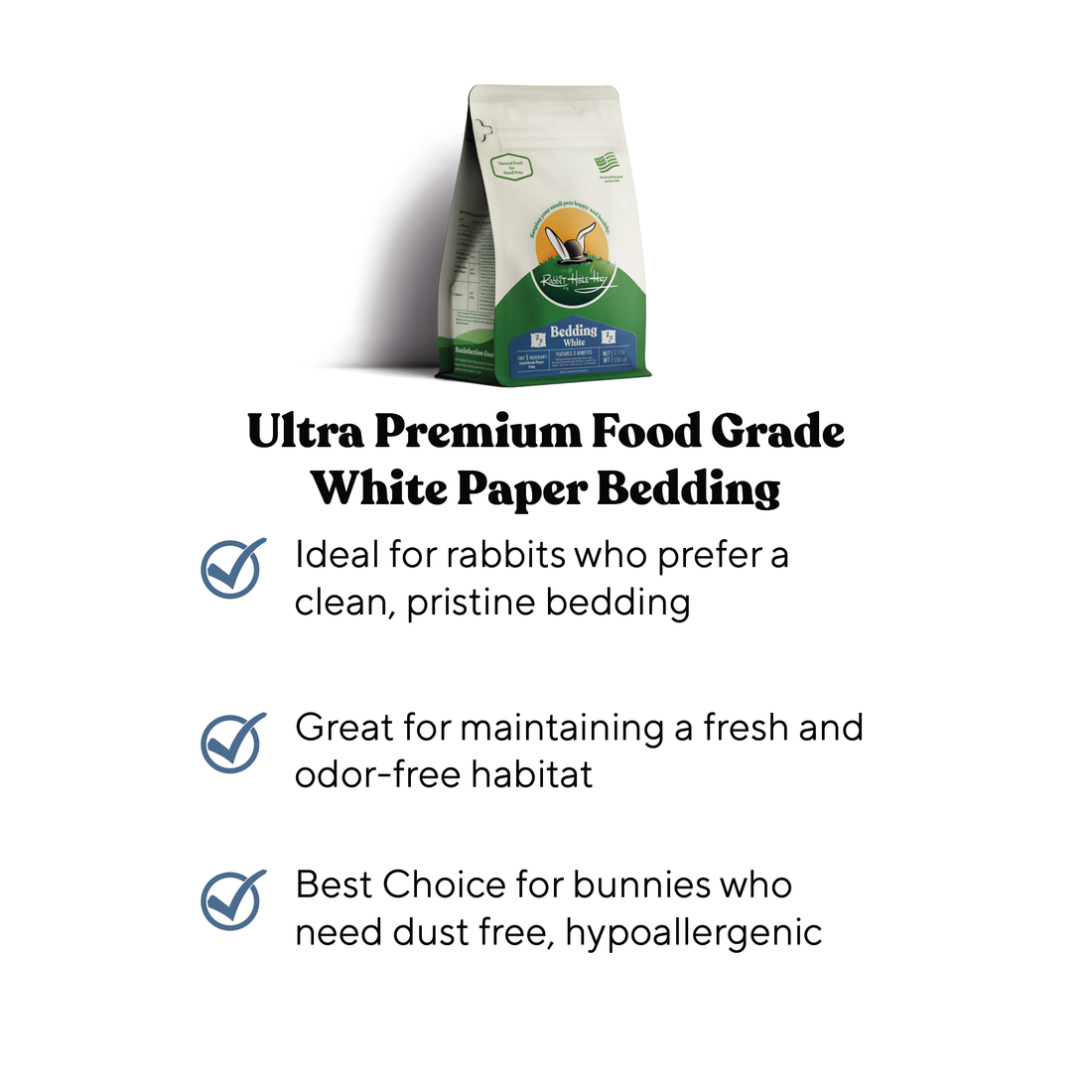
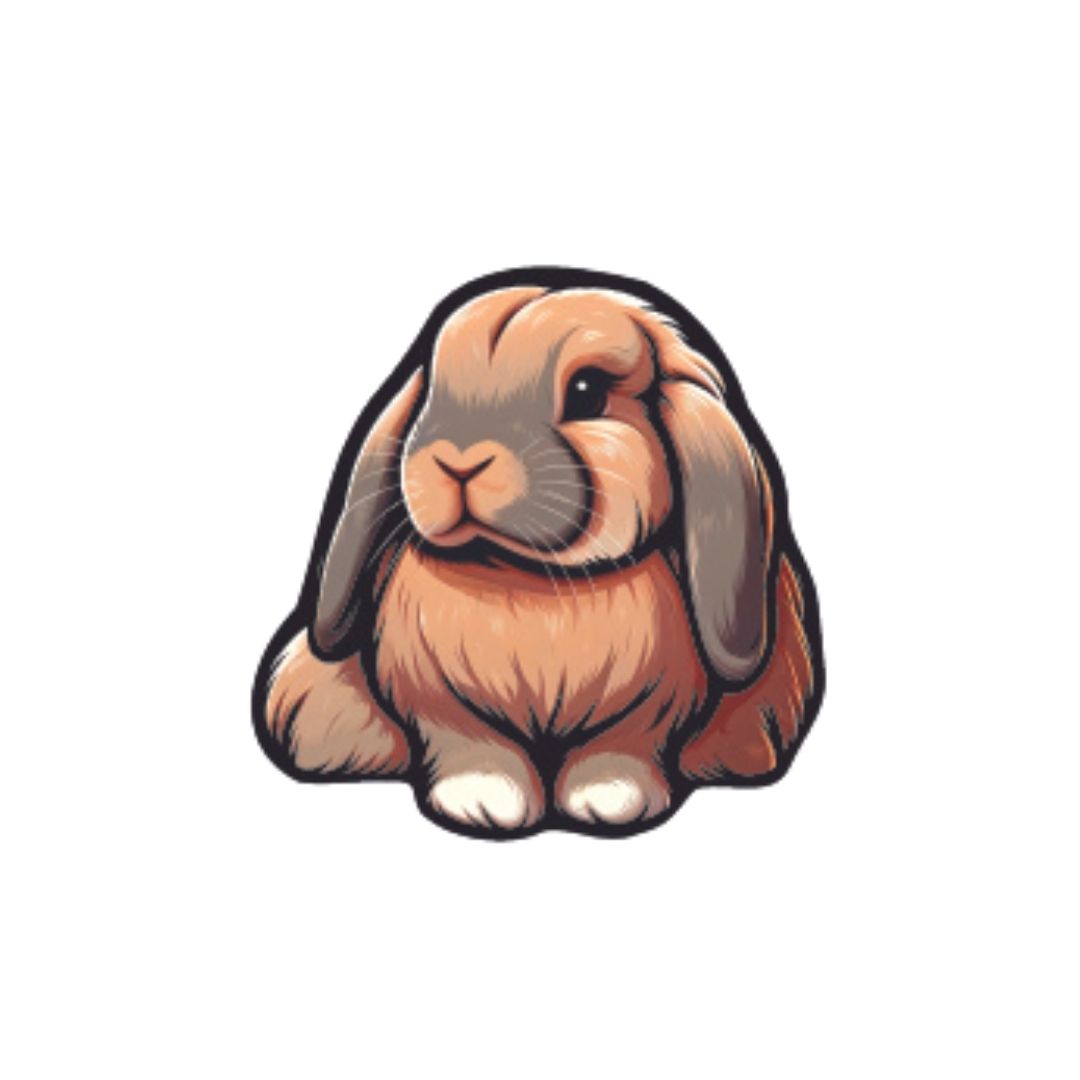



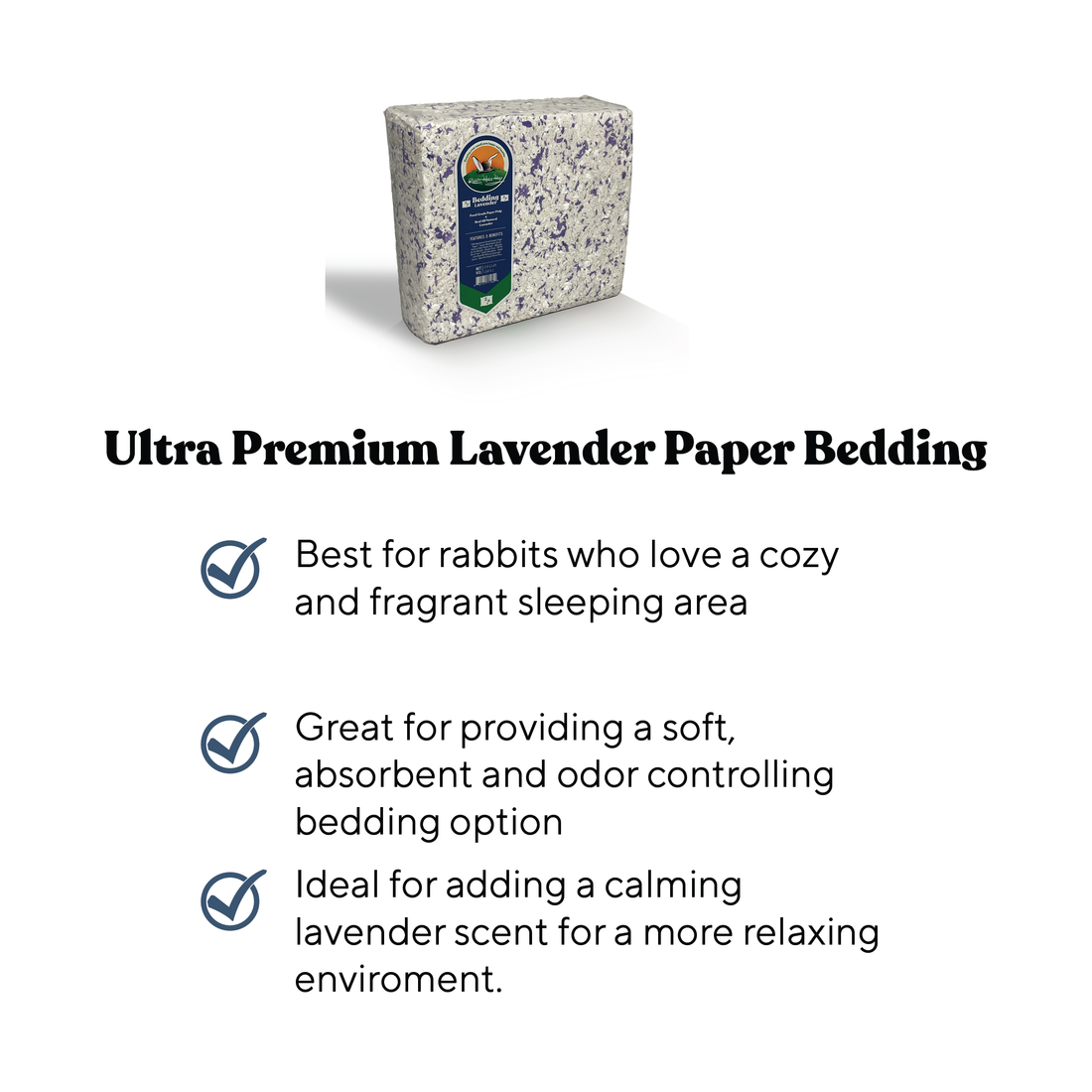


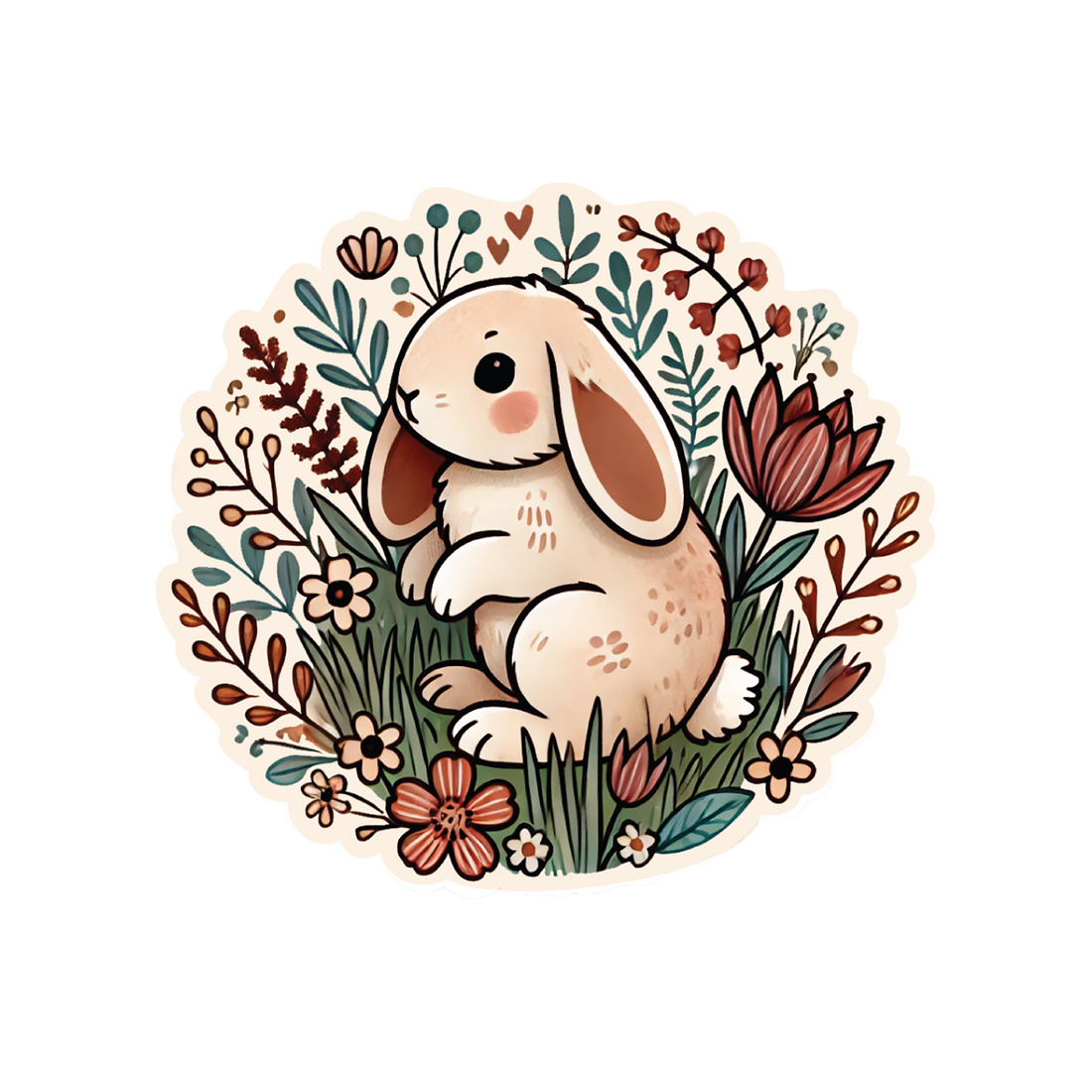
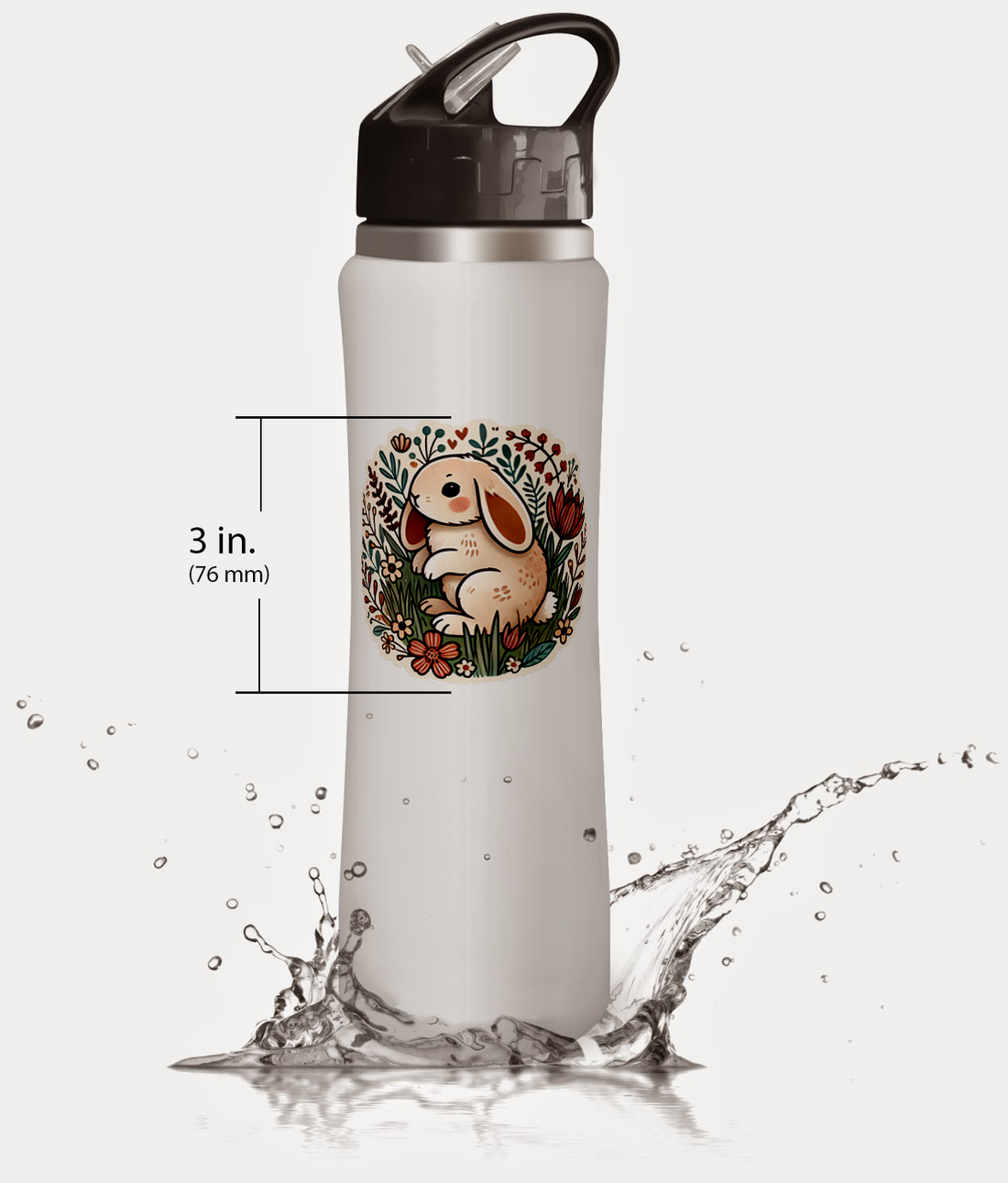
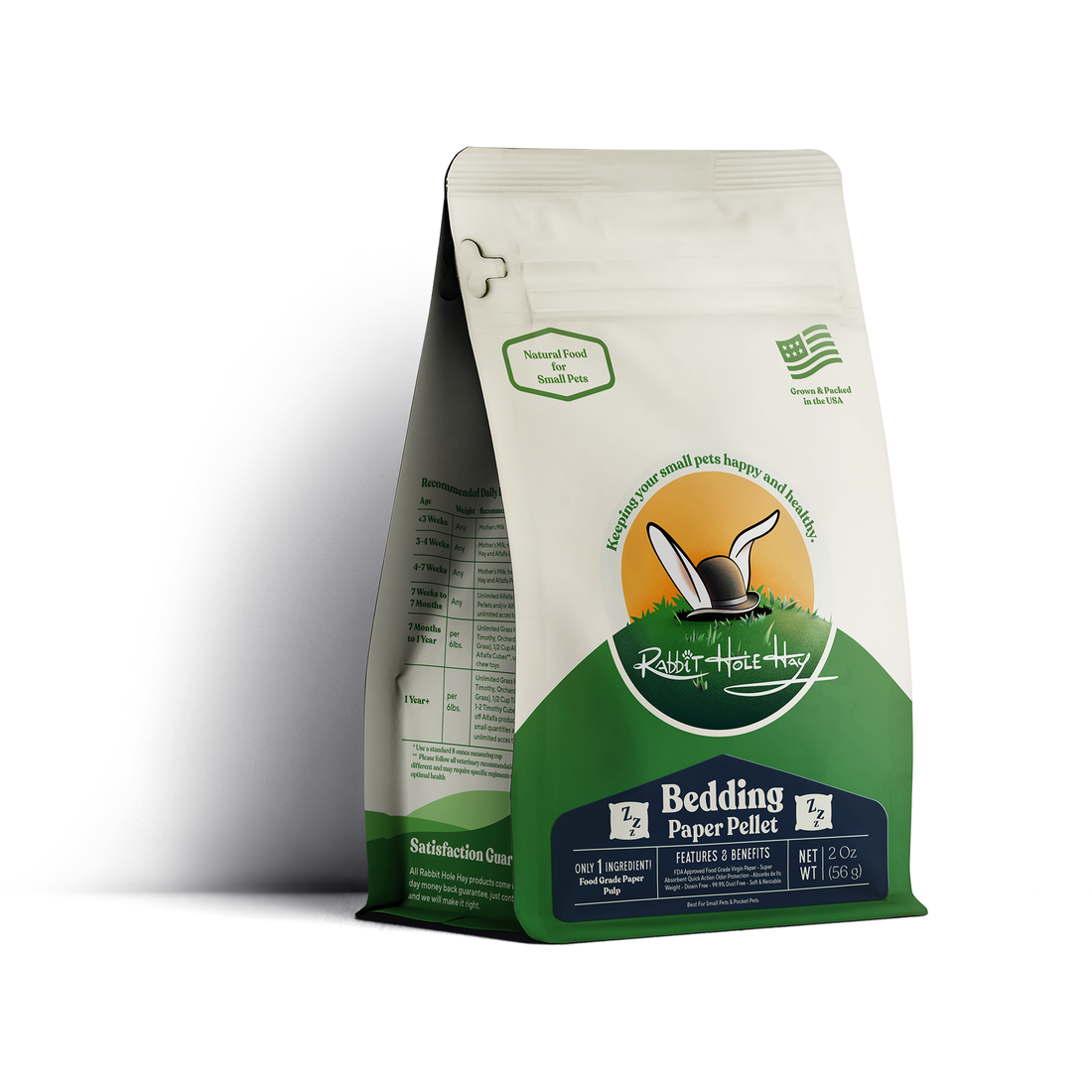
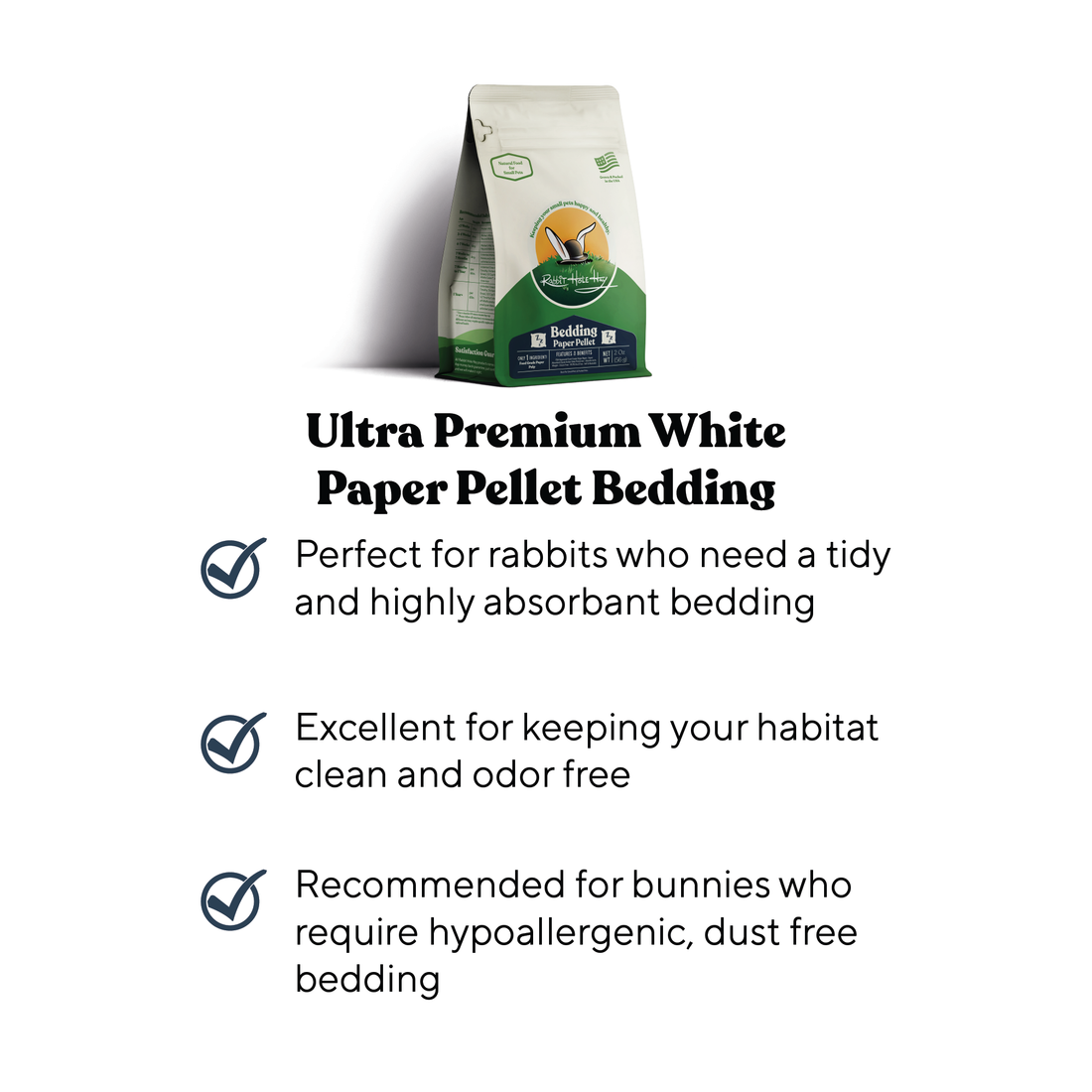


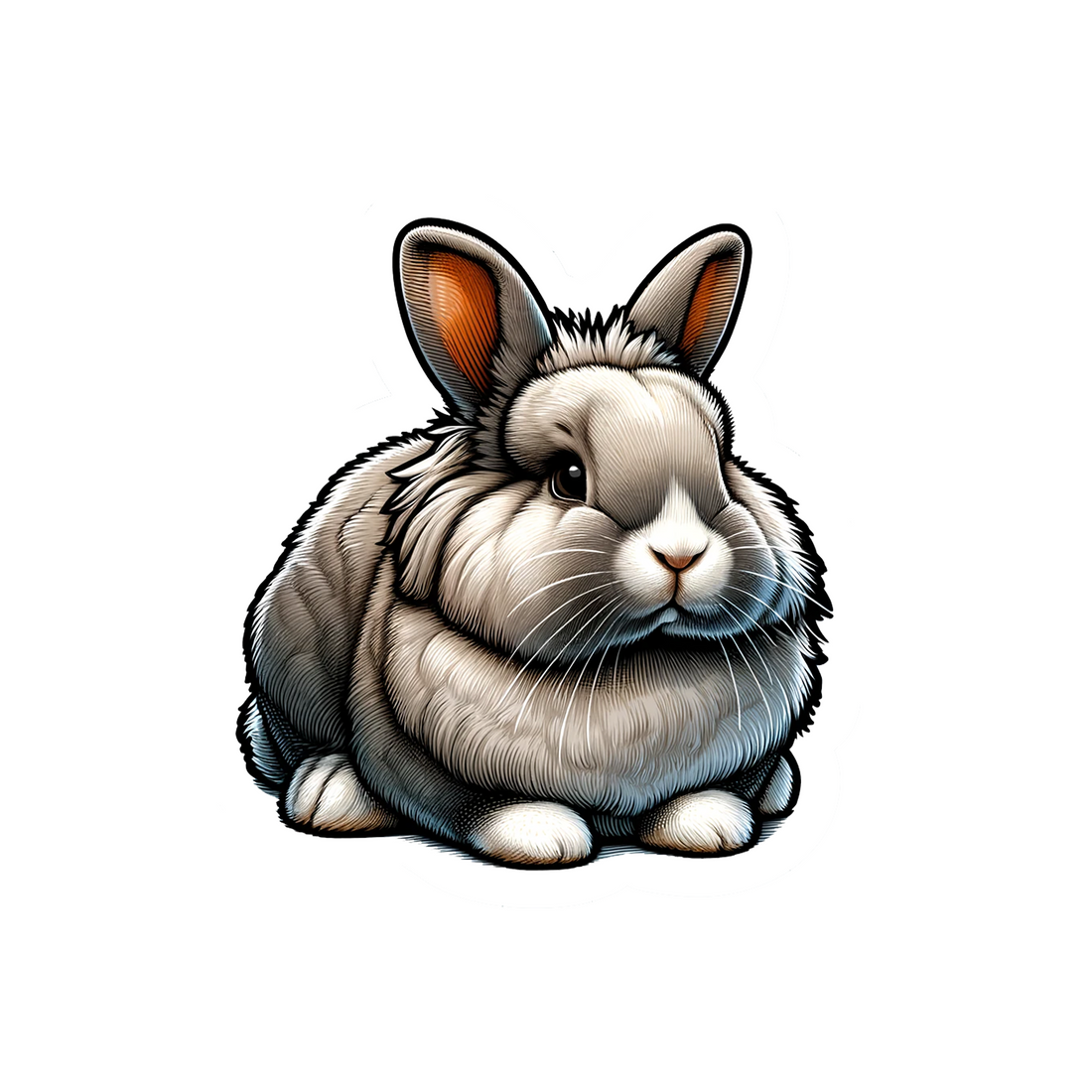
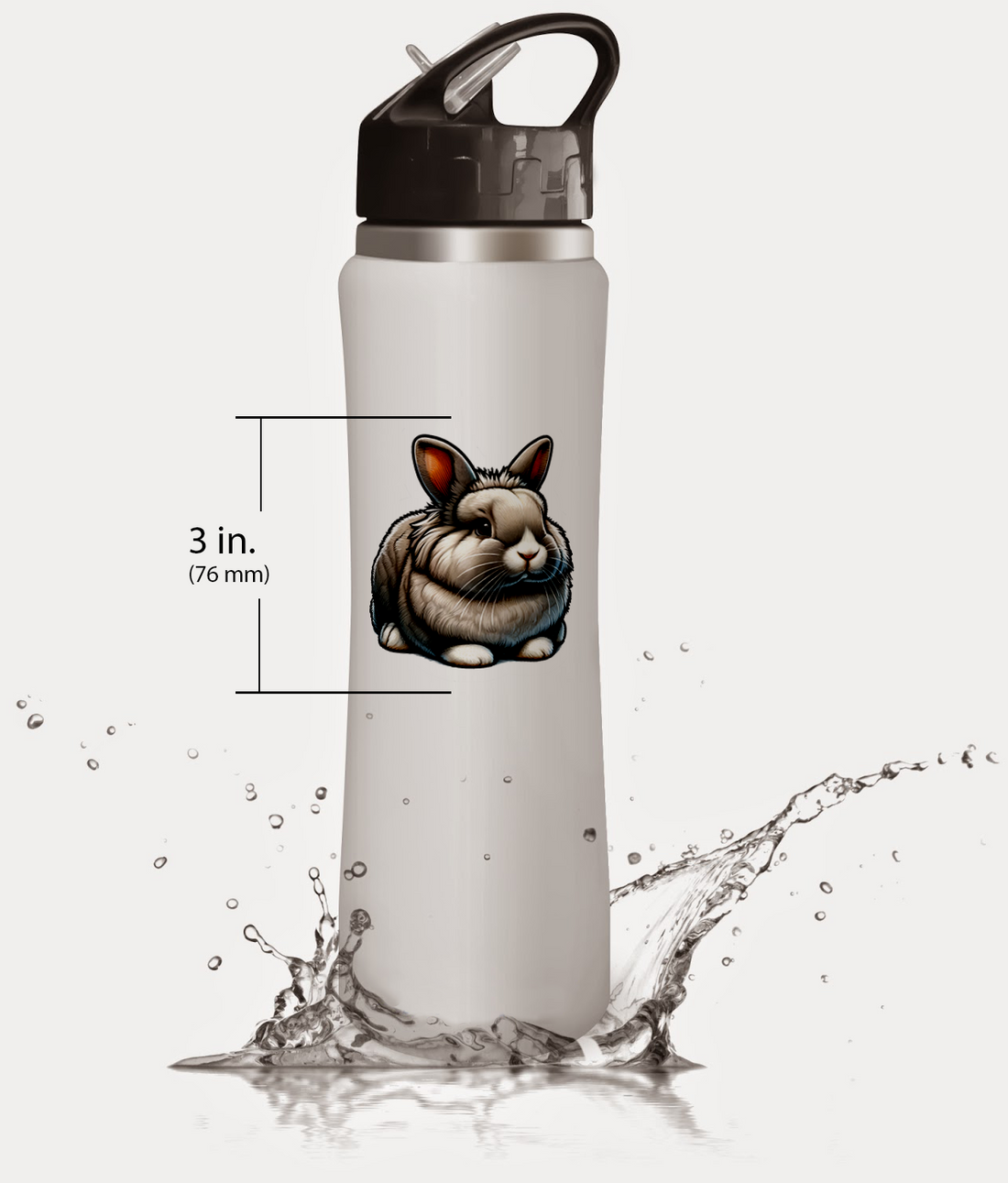
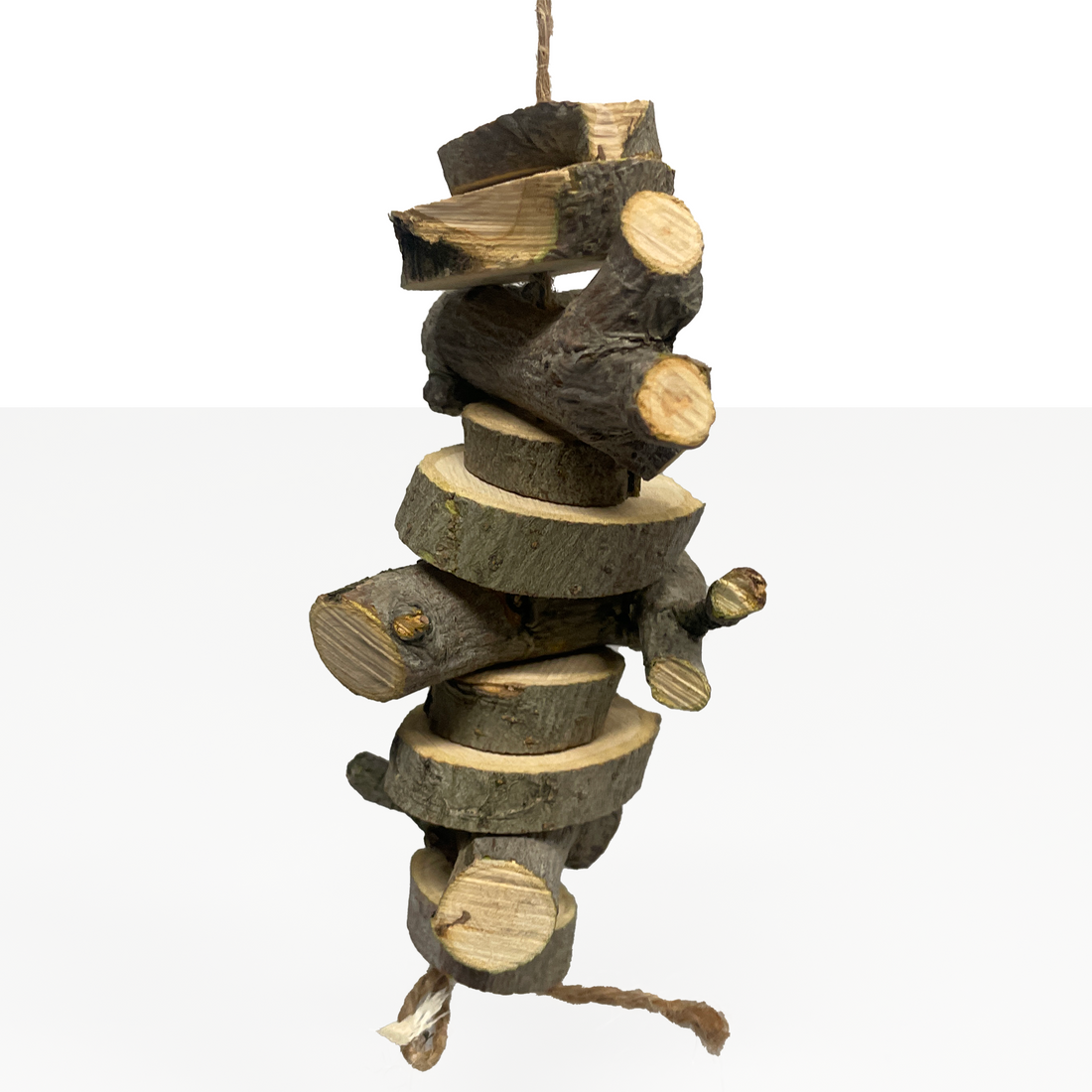


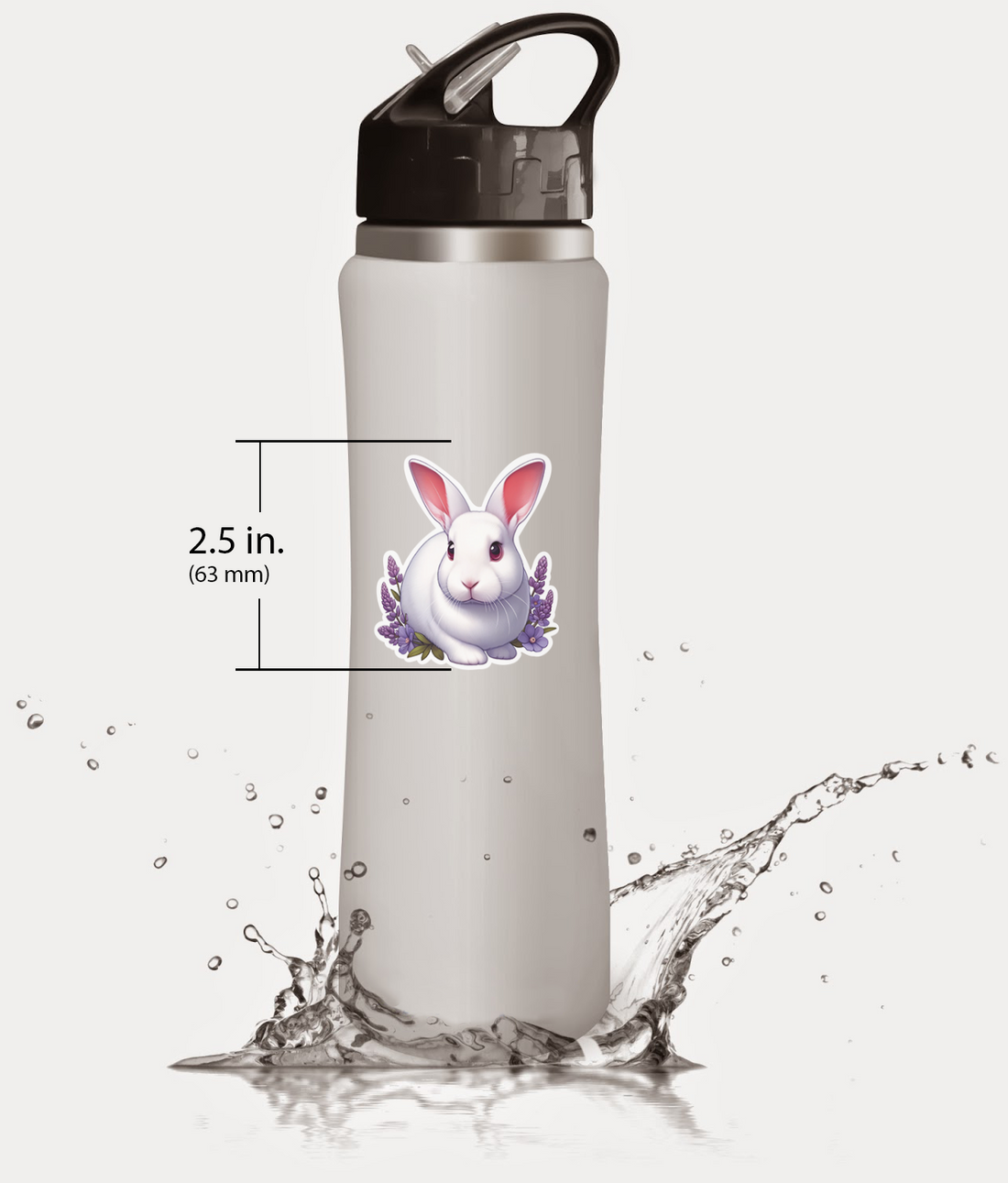

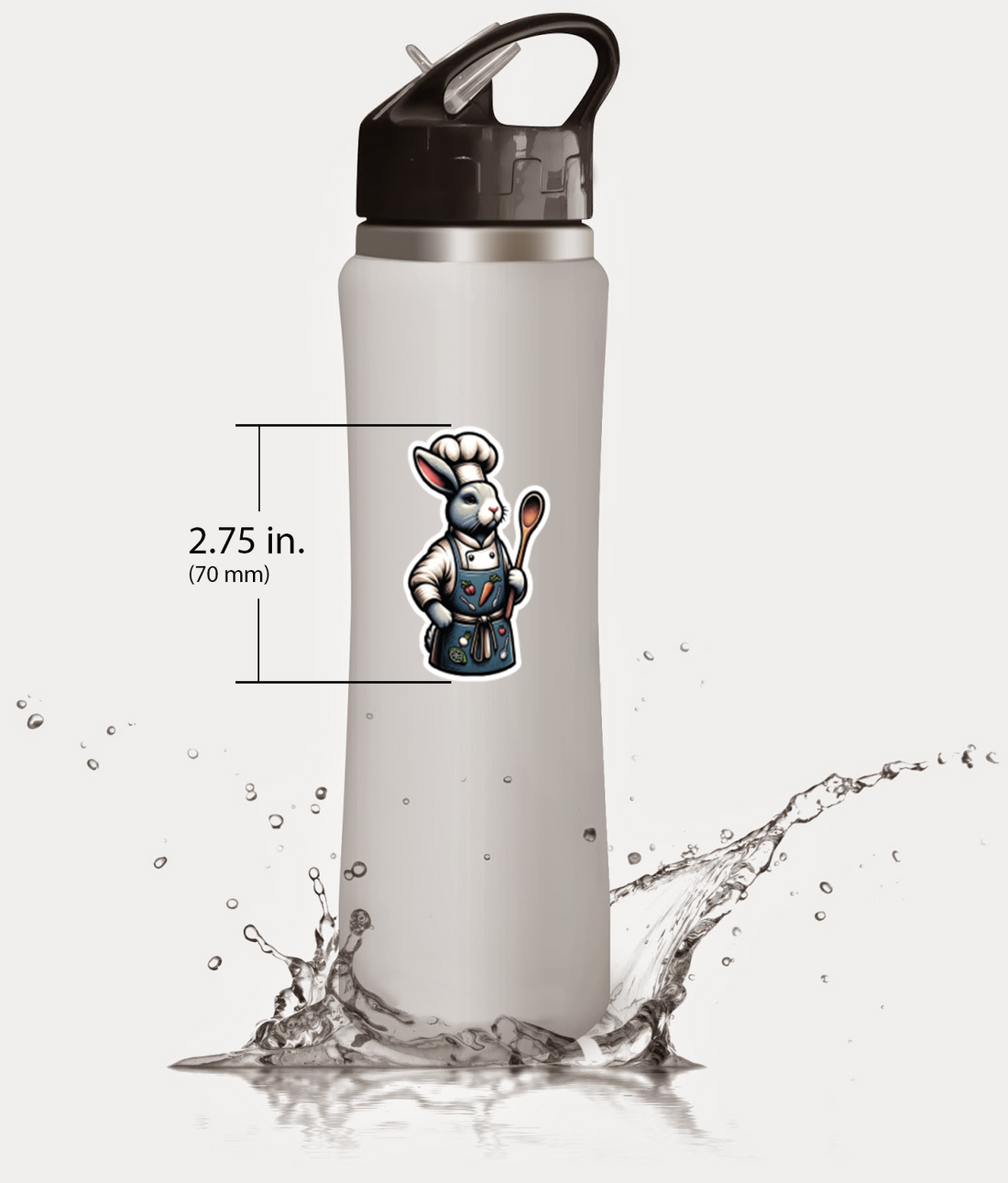
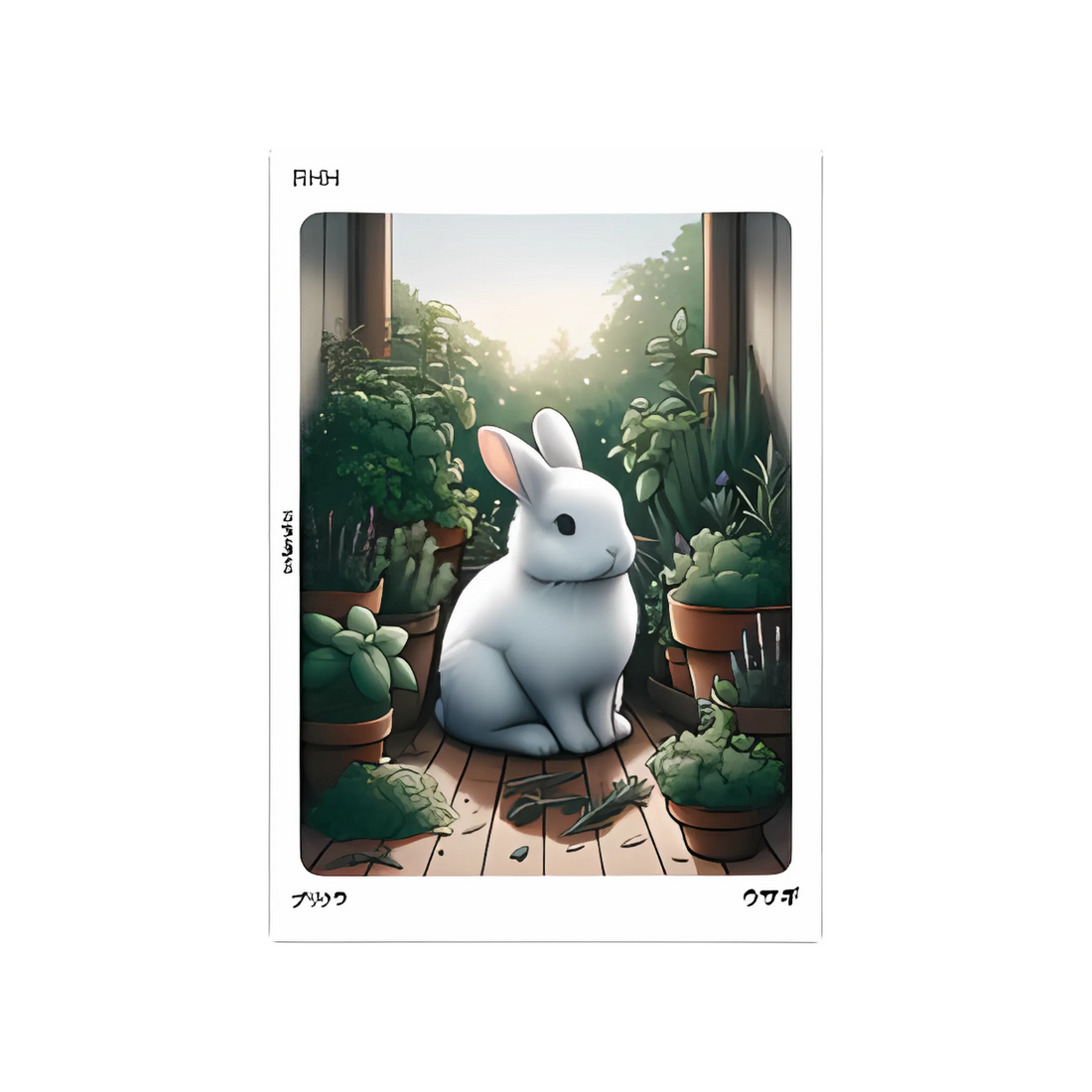

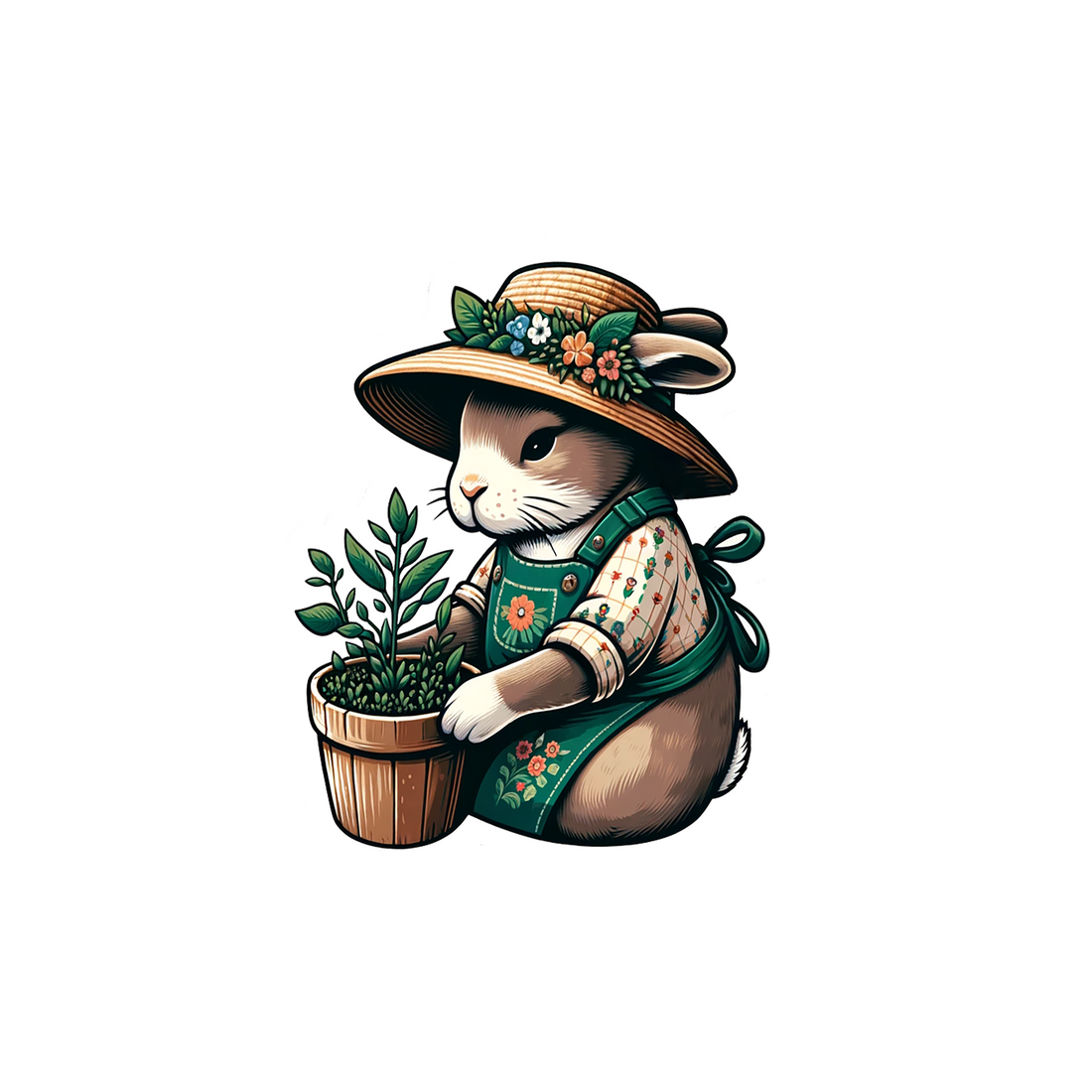
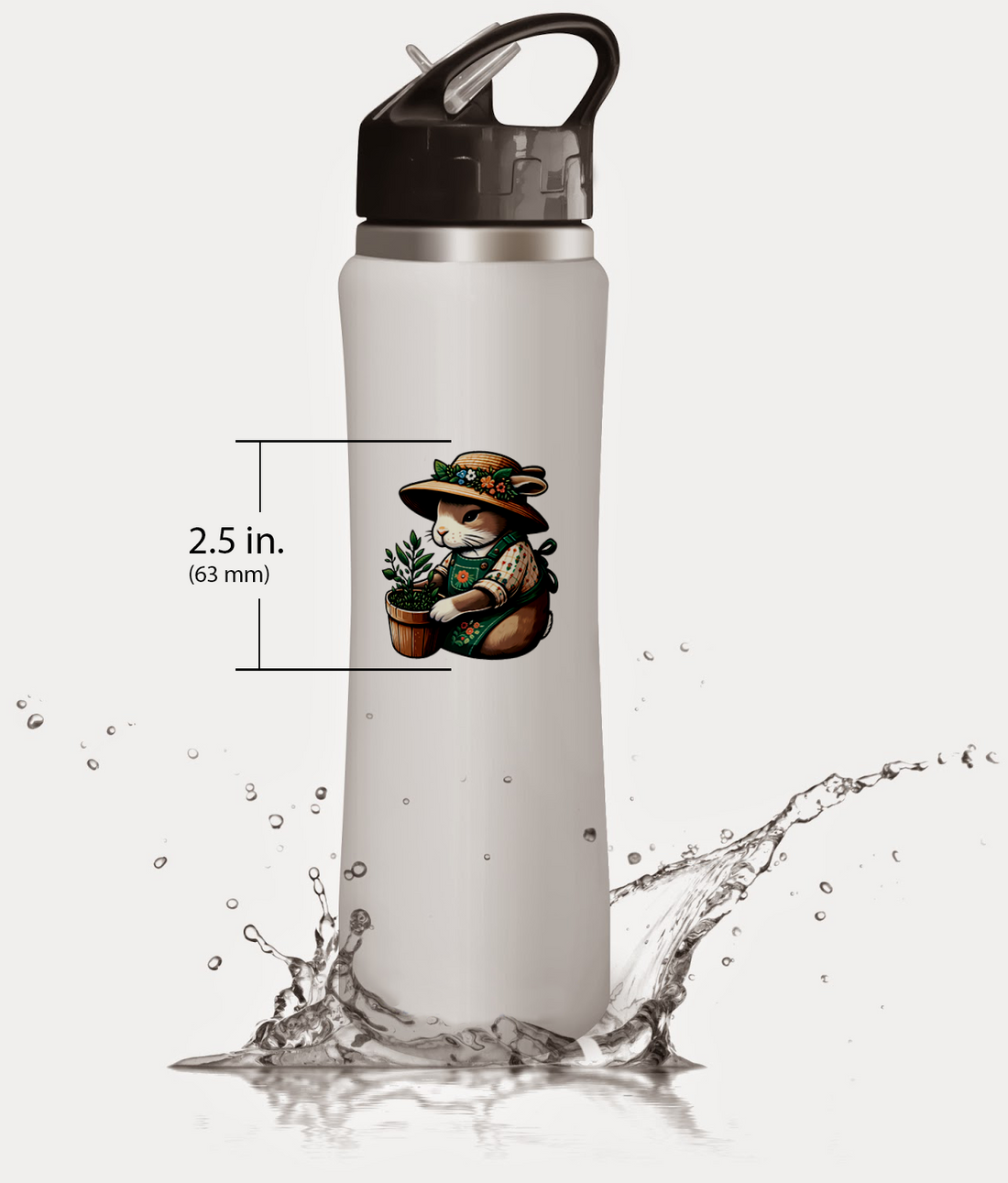
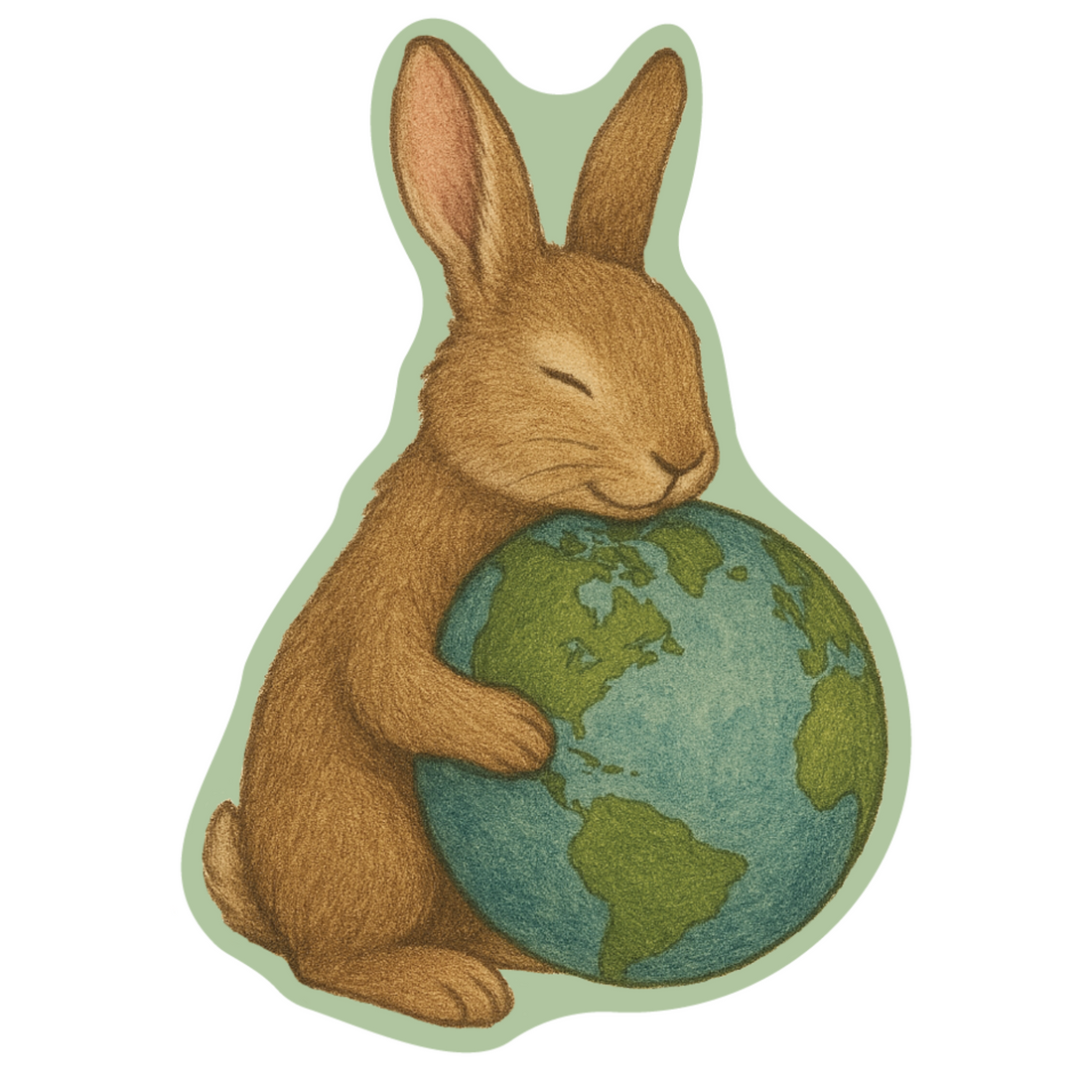


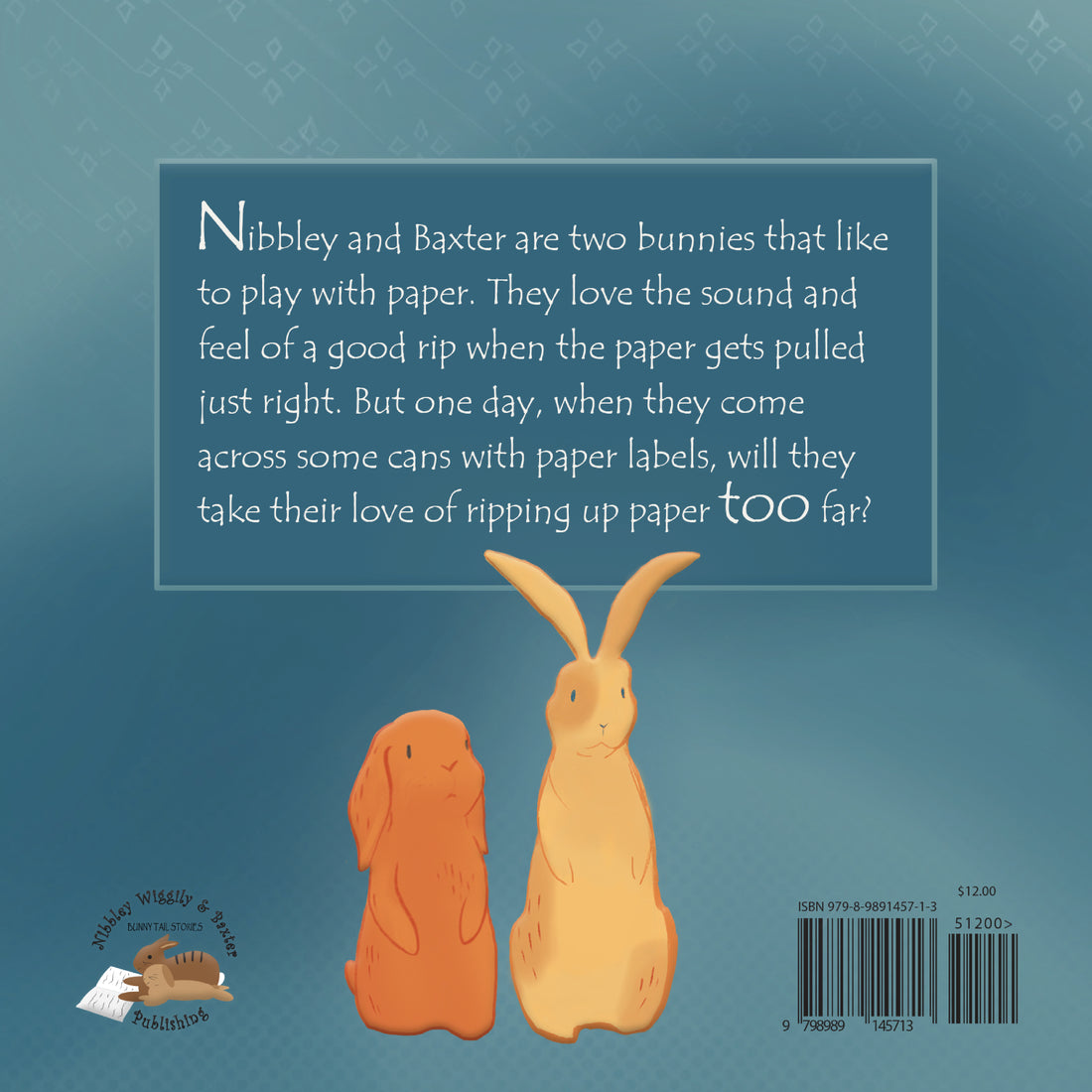




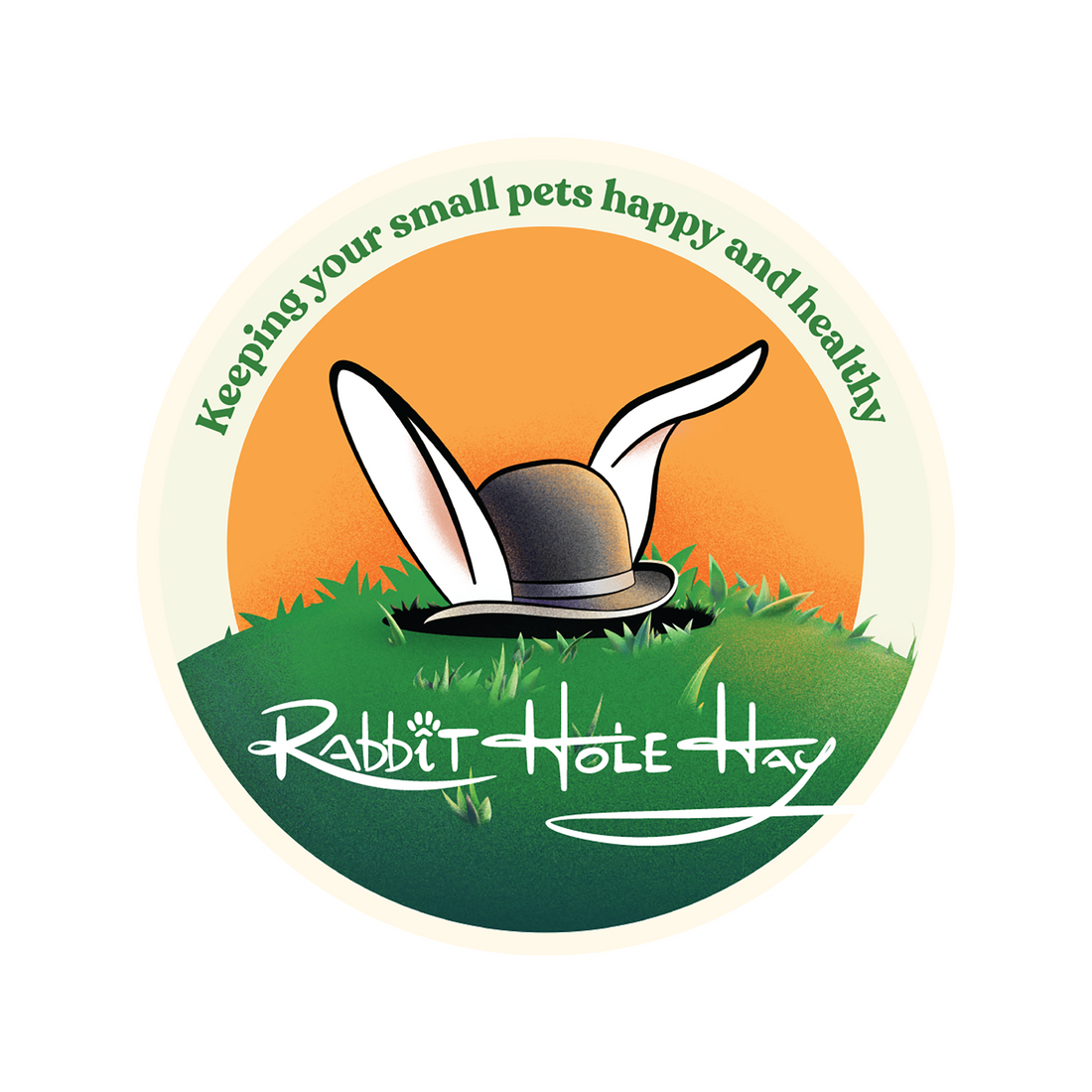
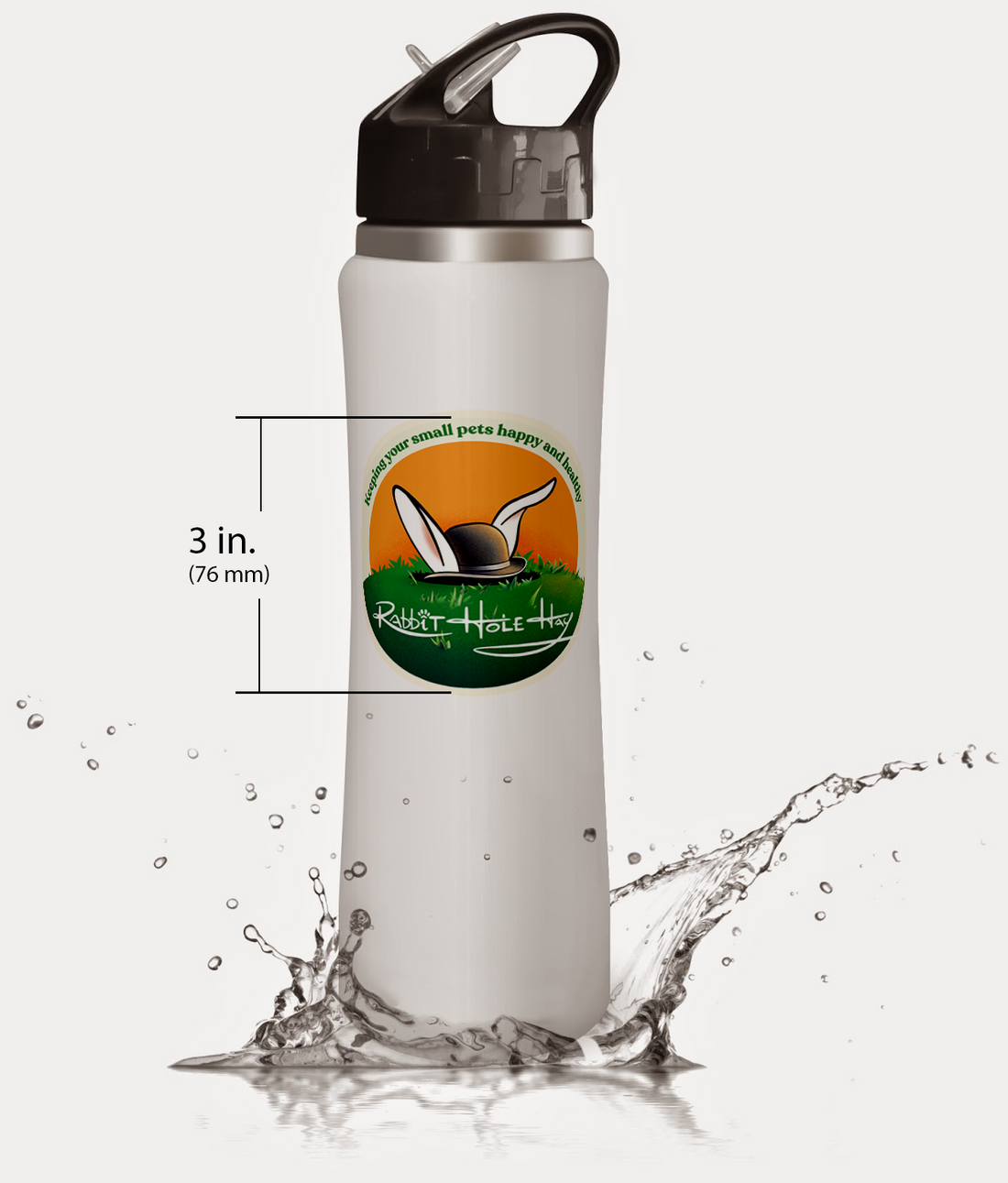


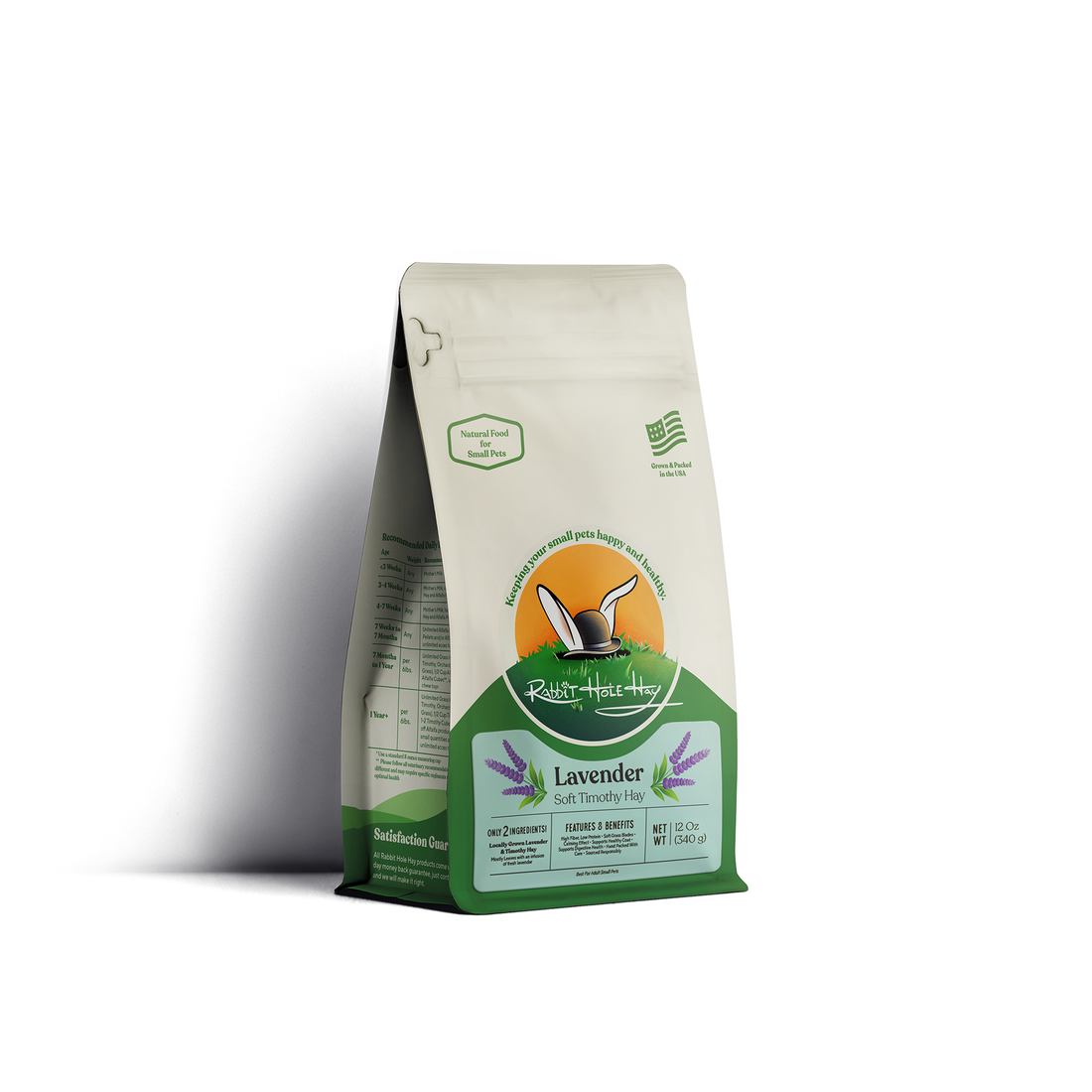
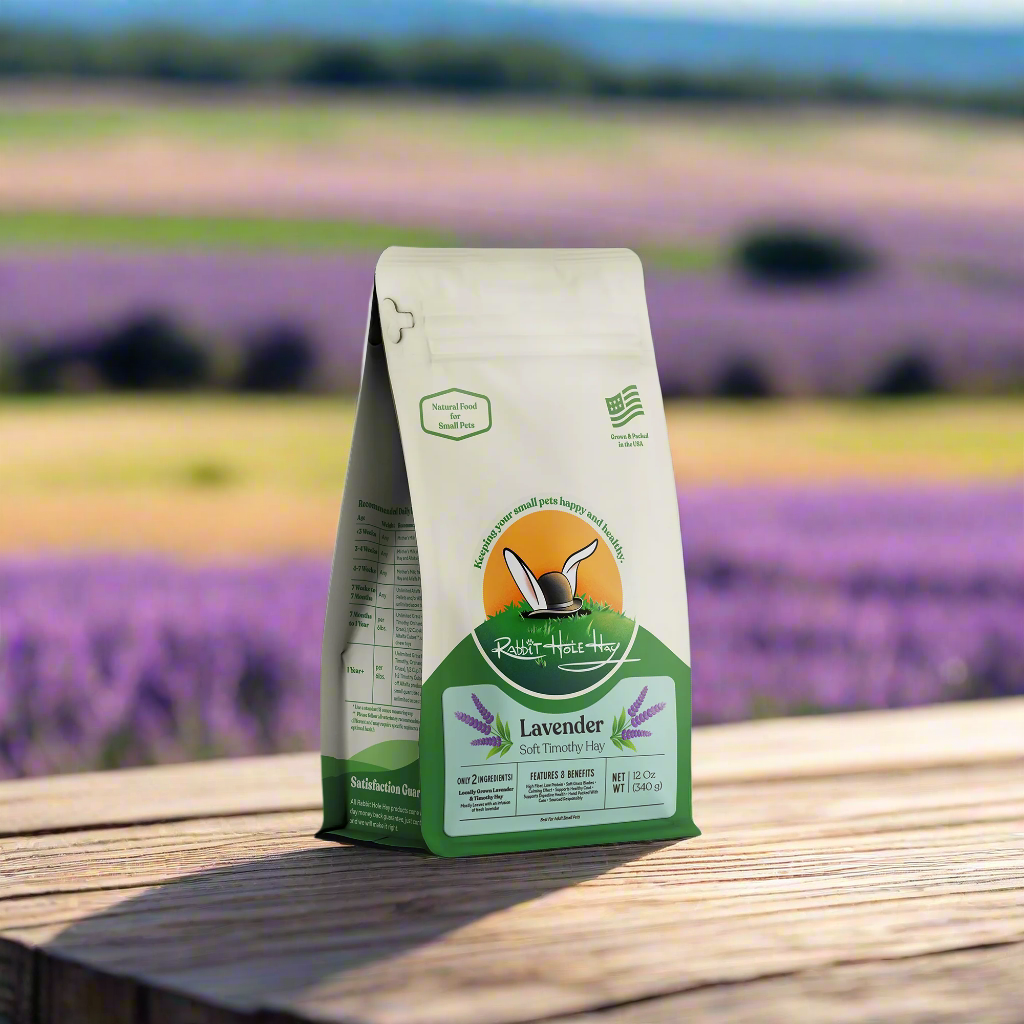



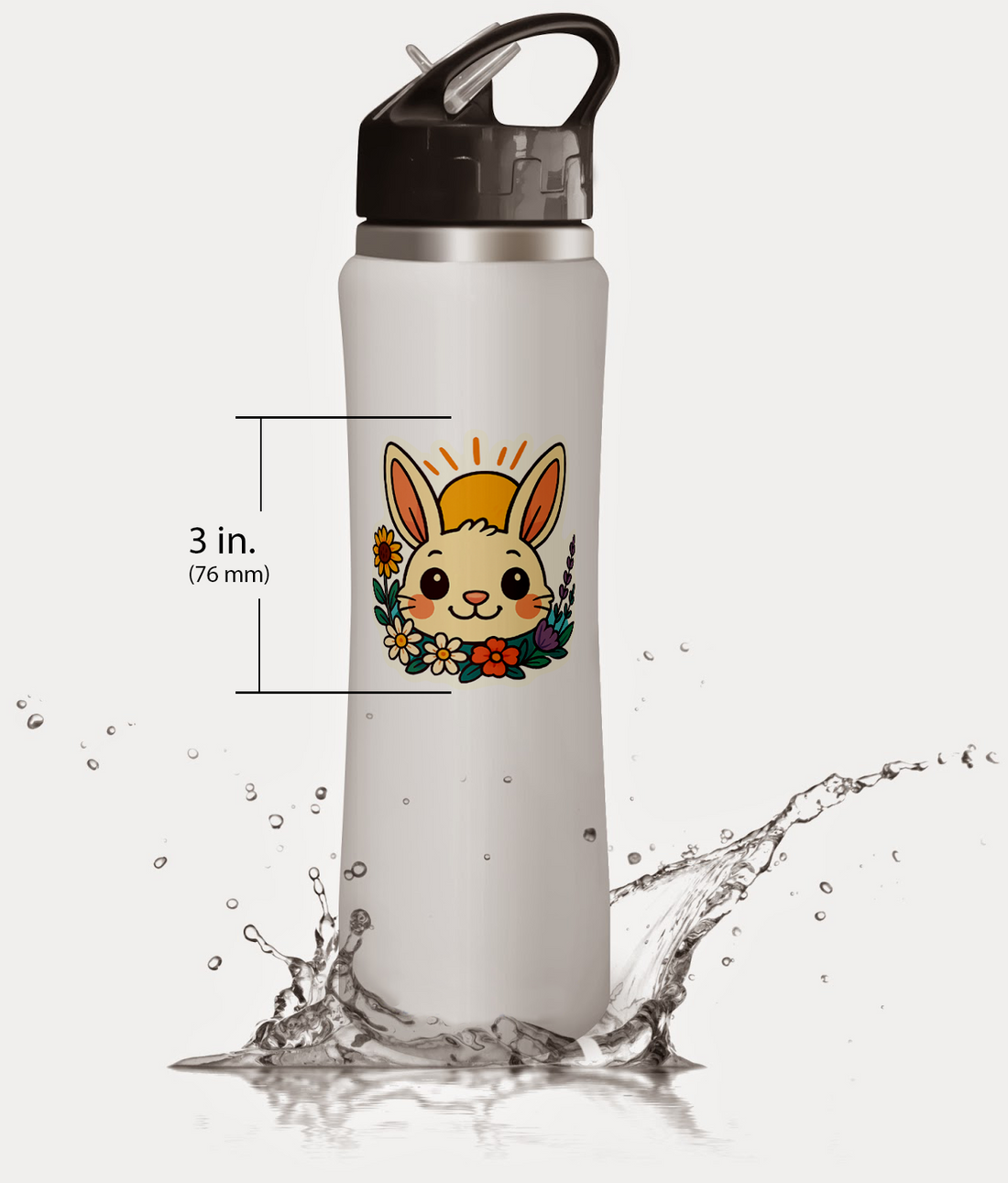


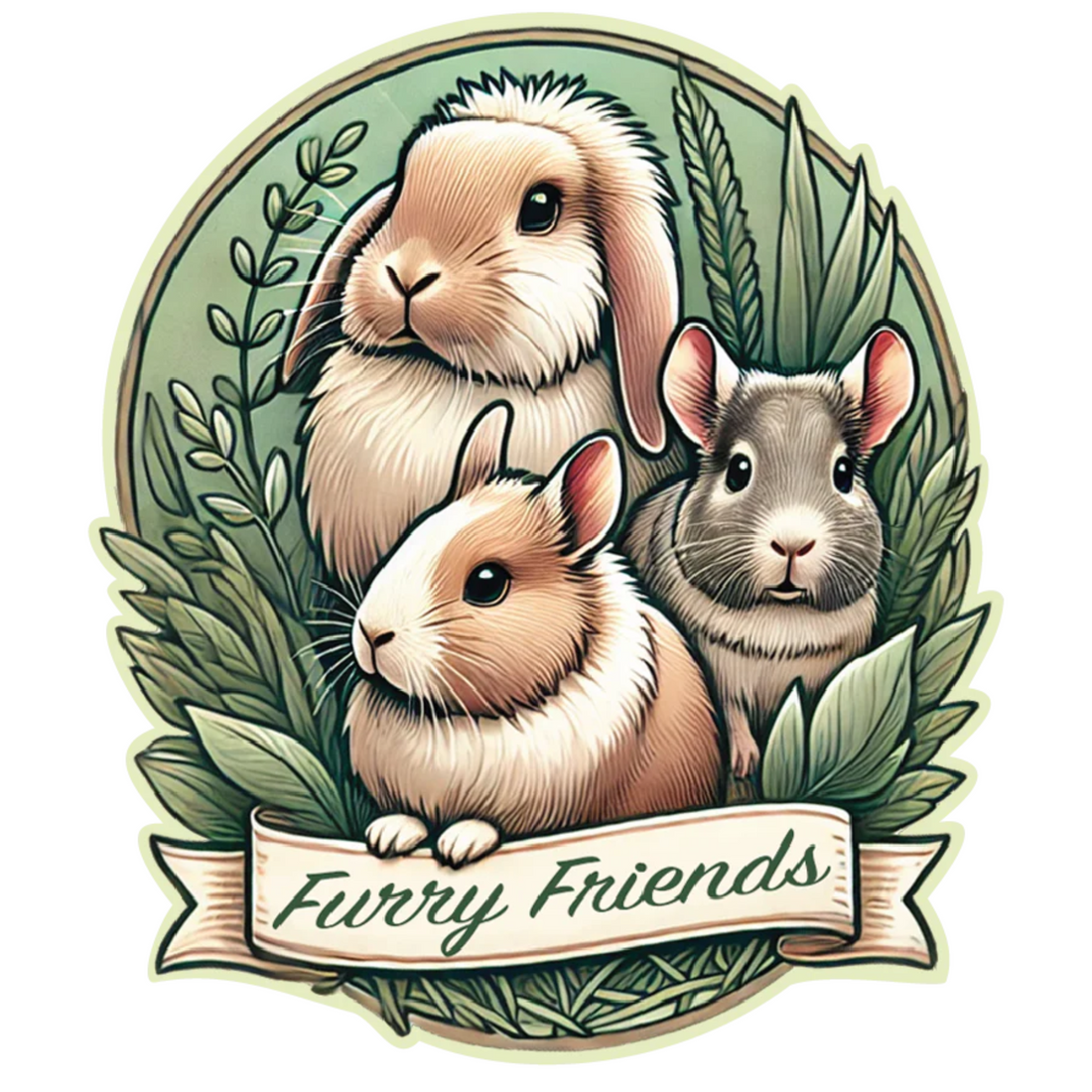
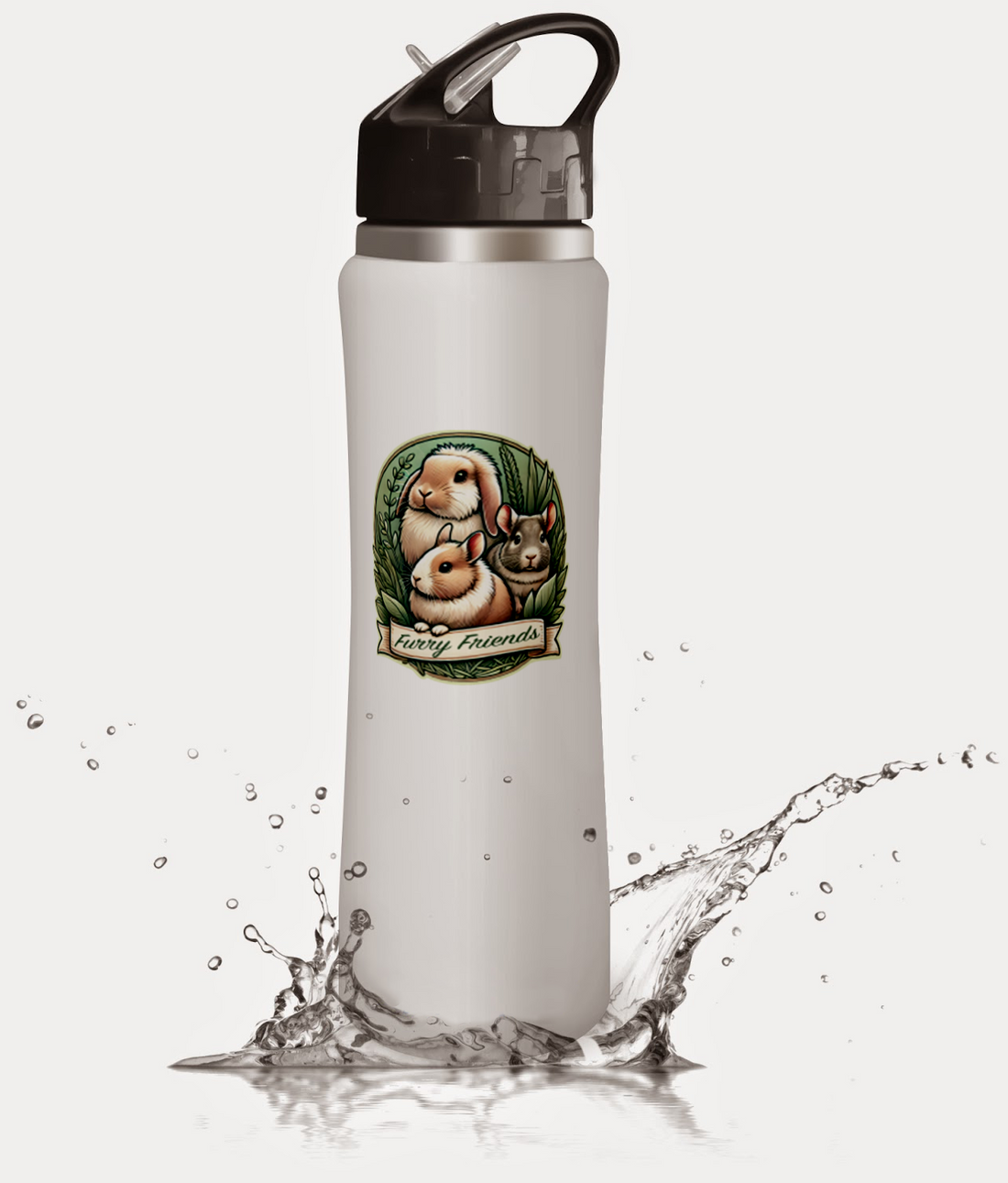

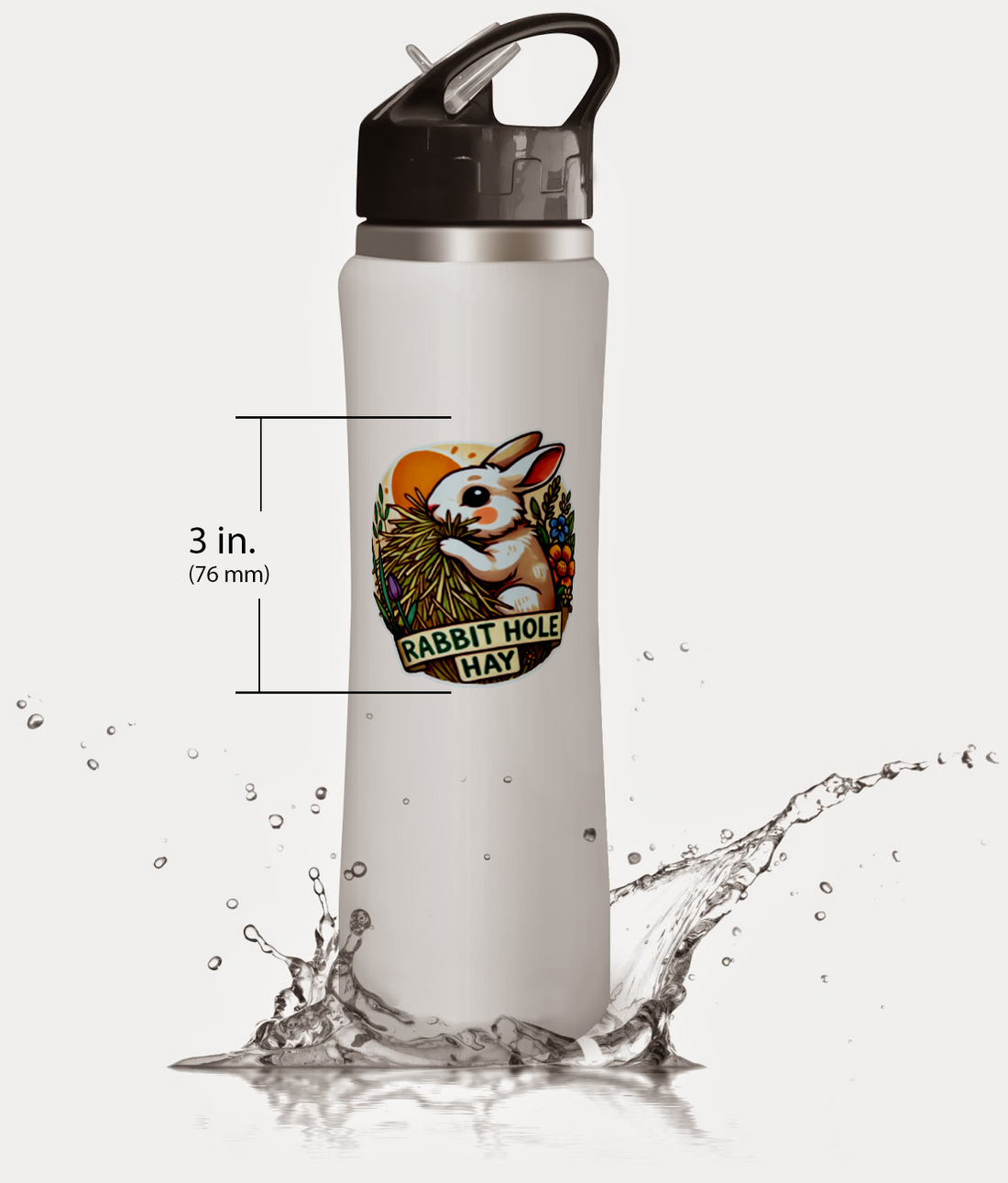
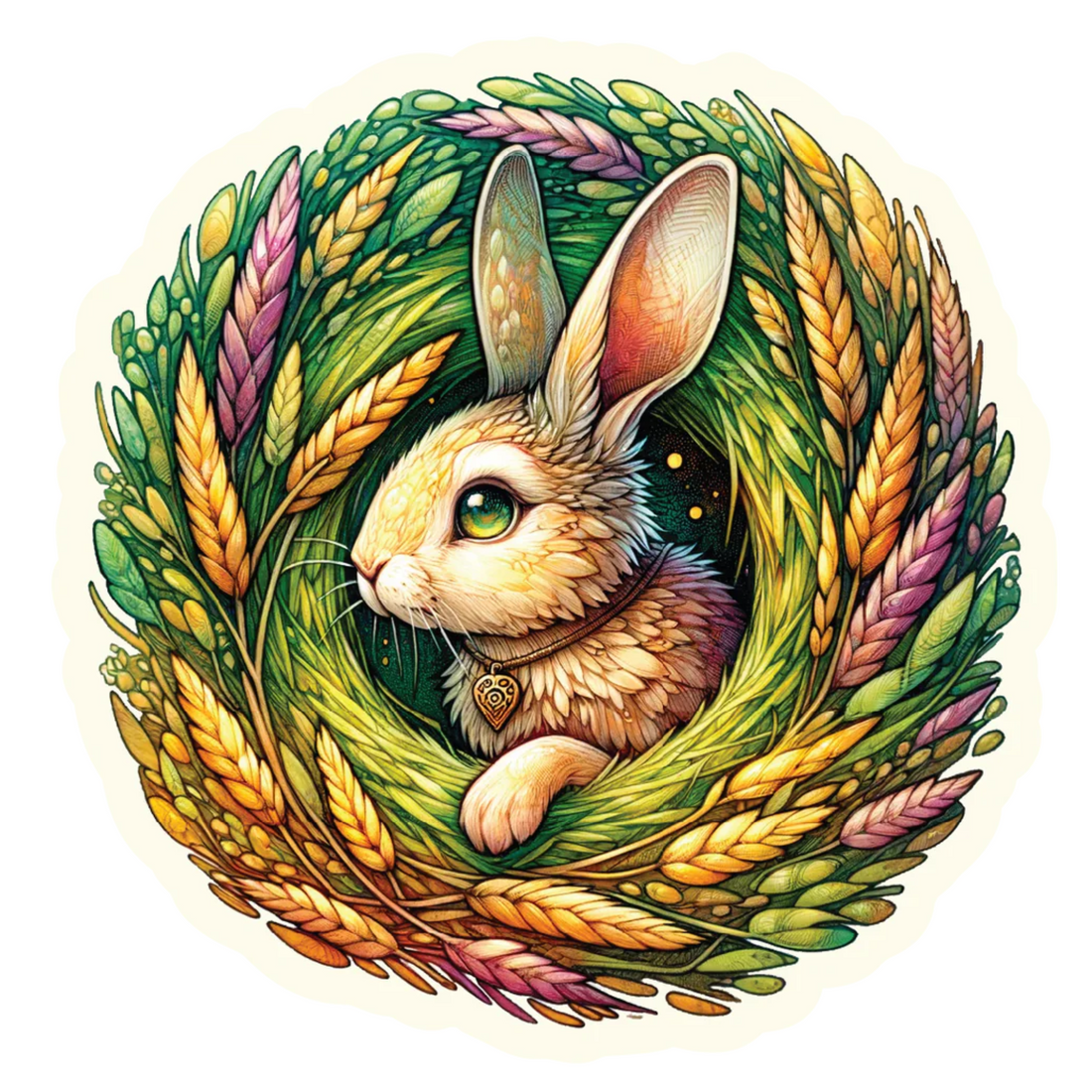

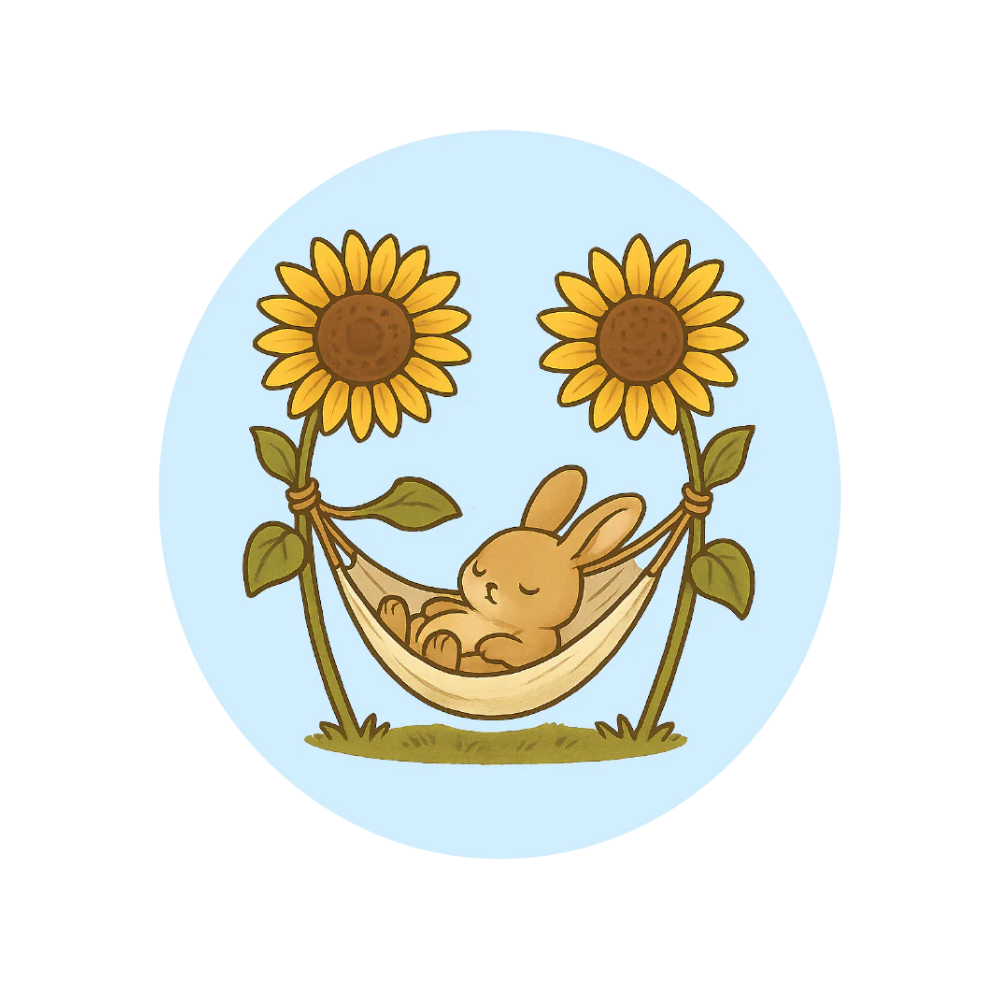





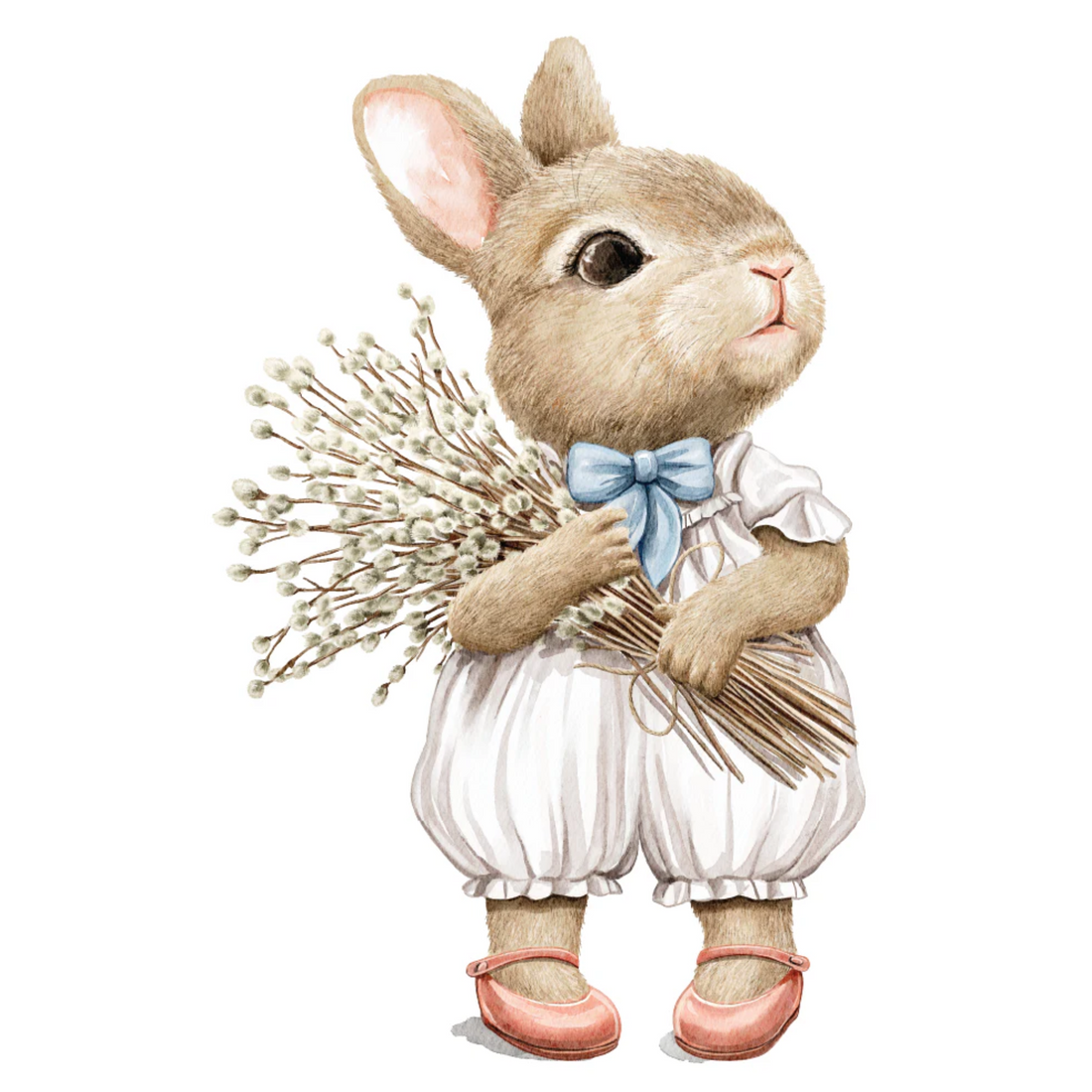


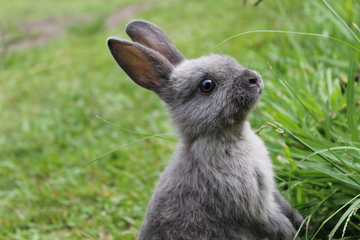
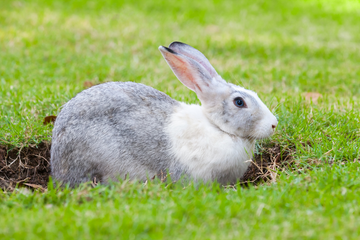
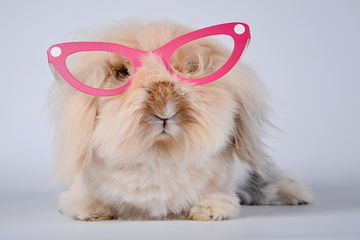
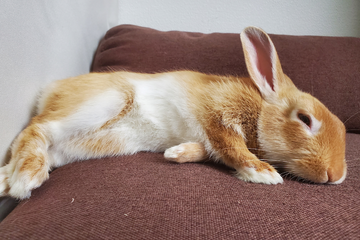


Comments